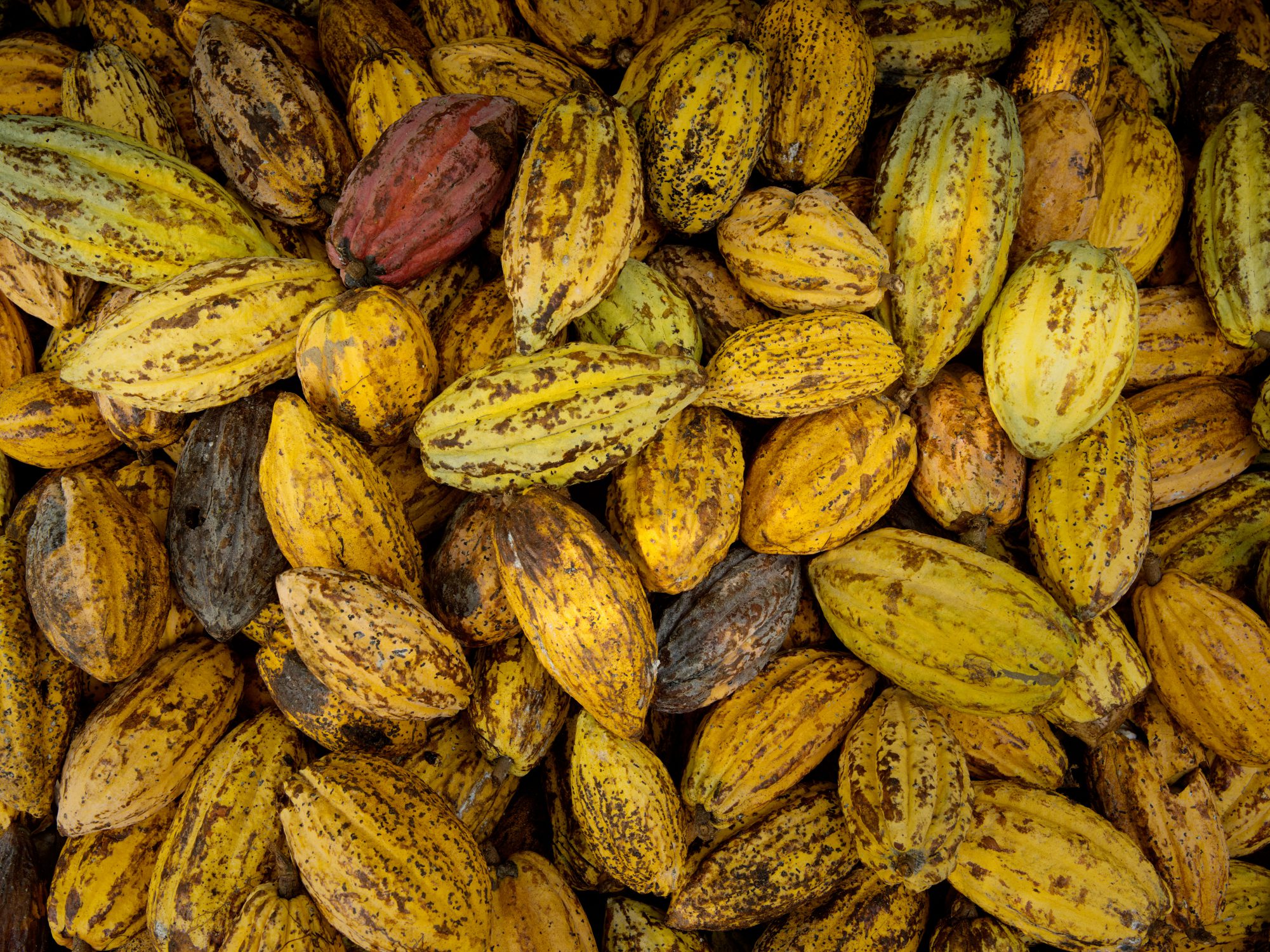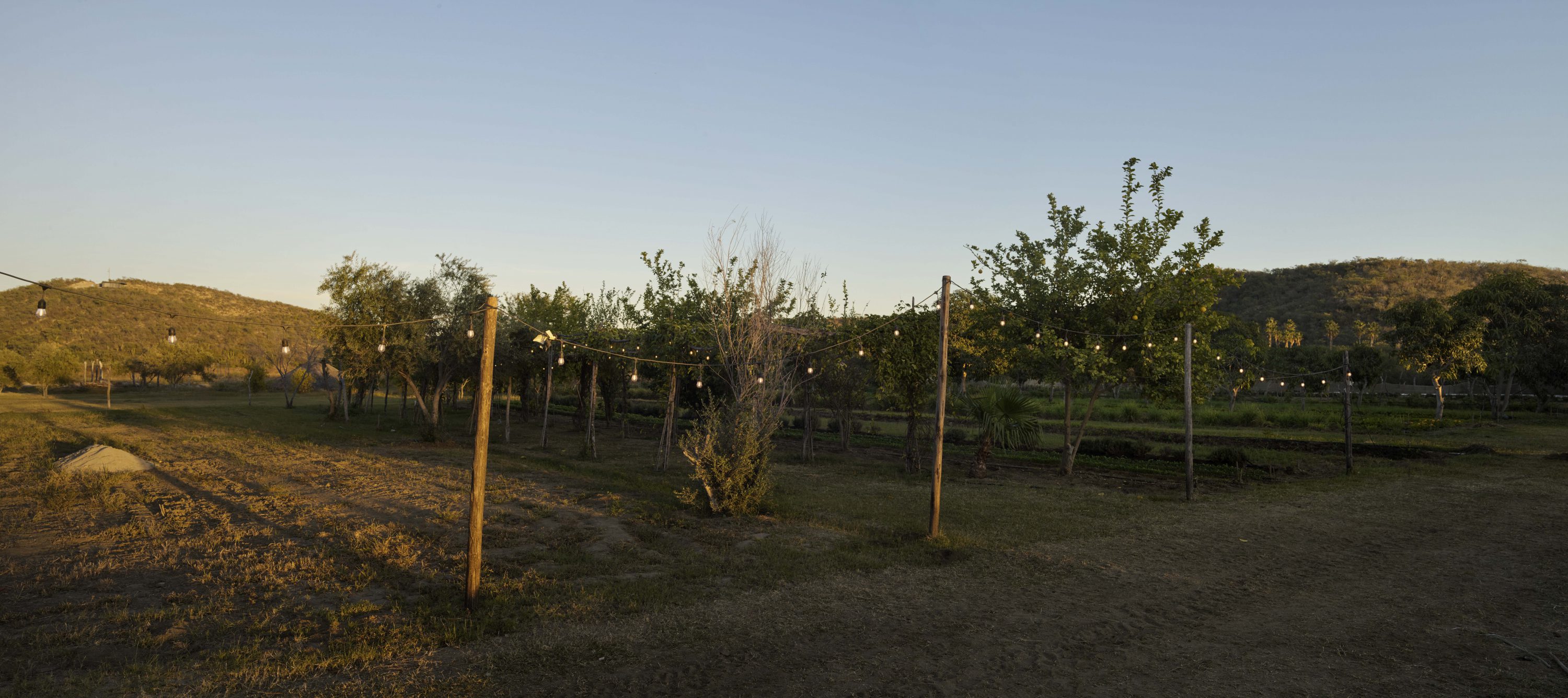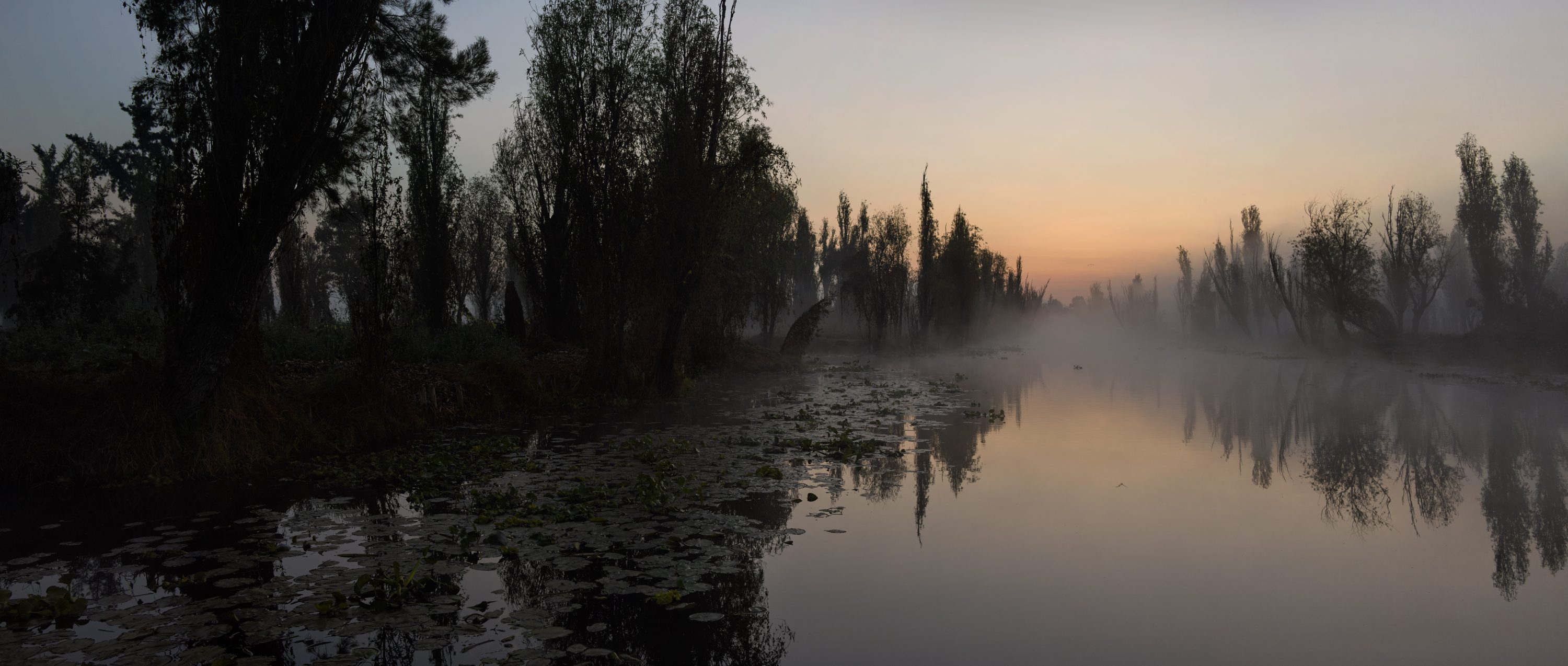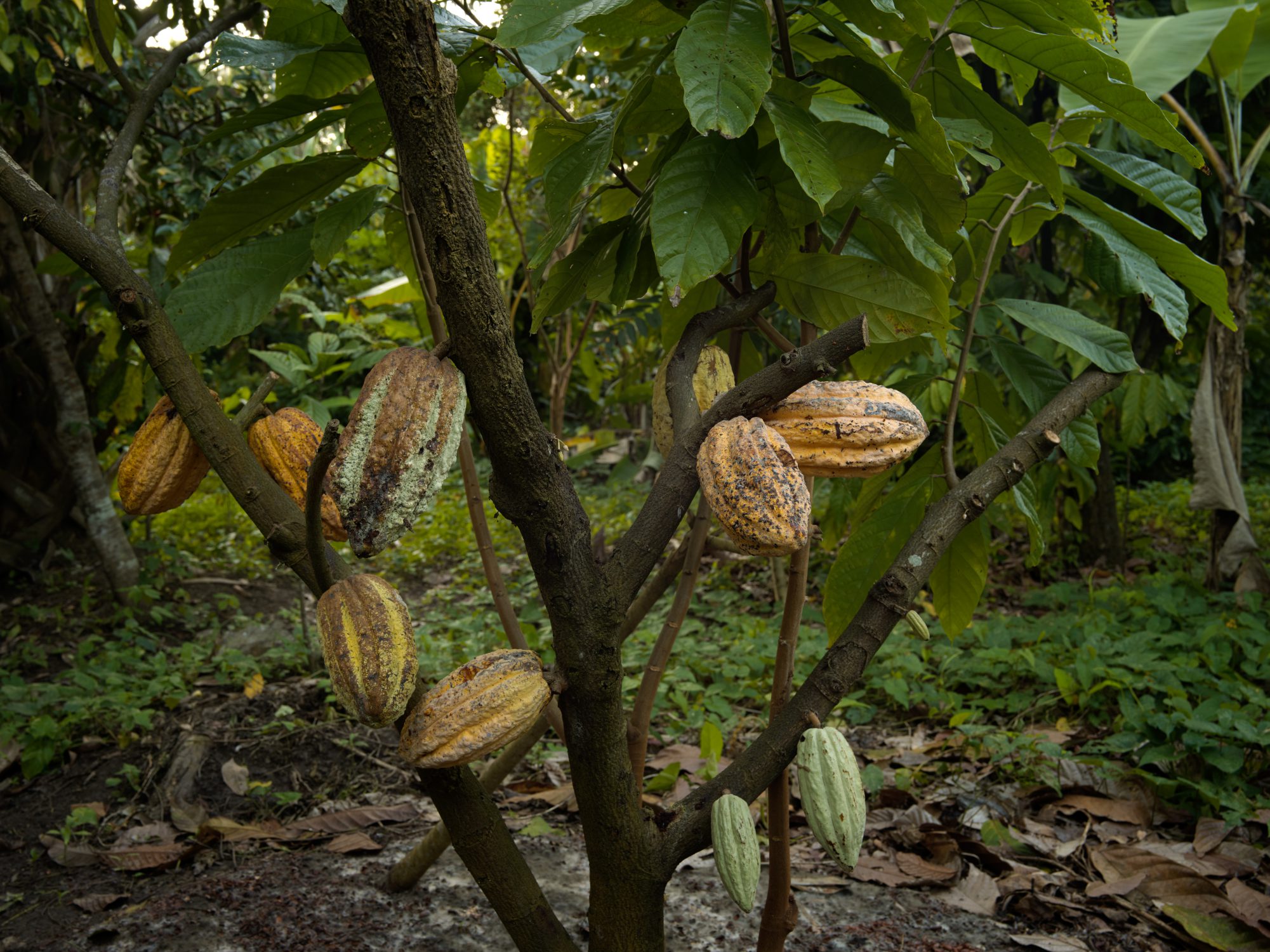
Chocolate and cocoa are part of Mexico’s cultural heritage. Although both originate from Mexico, the country’s cocoa production has declined in recent years.
Fifteen years ago, Mexico was producing about 50,000 tons of cocoa per year. Today the figure is around 25,000 tons, grown on 59,000 hectares. Most of Mexican cocoa production is concentrated in the states of Tabasco (68%) and Chiapas (31%), which between them account for 99% of the national total.
Cocoa, a tropical plant cultivated for 4,000 years
The fruit that conquered the world came originally from the tropics of the American continent. The Aztecs believed that cocoa seeds were a gift from the god Quetzalcoatl. Two thousand years ago the Mayas began to dry and roast cocoa to use it in recipes and as a currency. Its use as a food in the pre-Hispanic period was deeply ritualistic and reserved for special occasions.
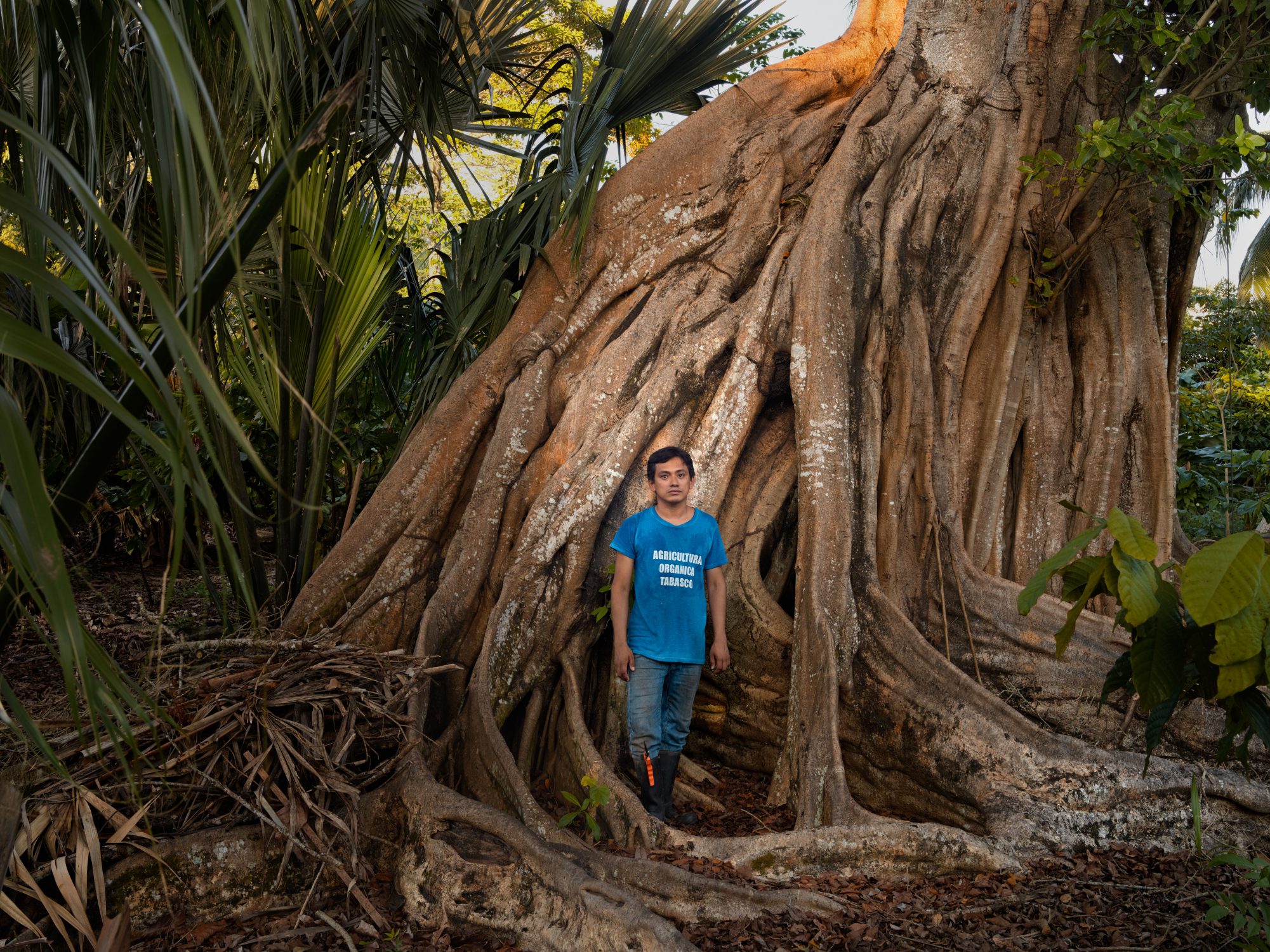
"We exchange knowledge with other cocoa producers who are eager to transform their methods and product."
Gerardo Valenzuela Hernández
Cocoa Producer
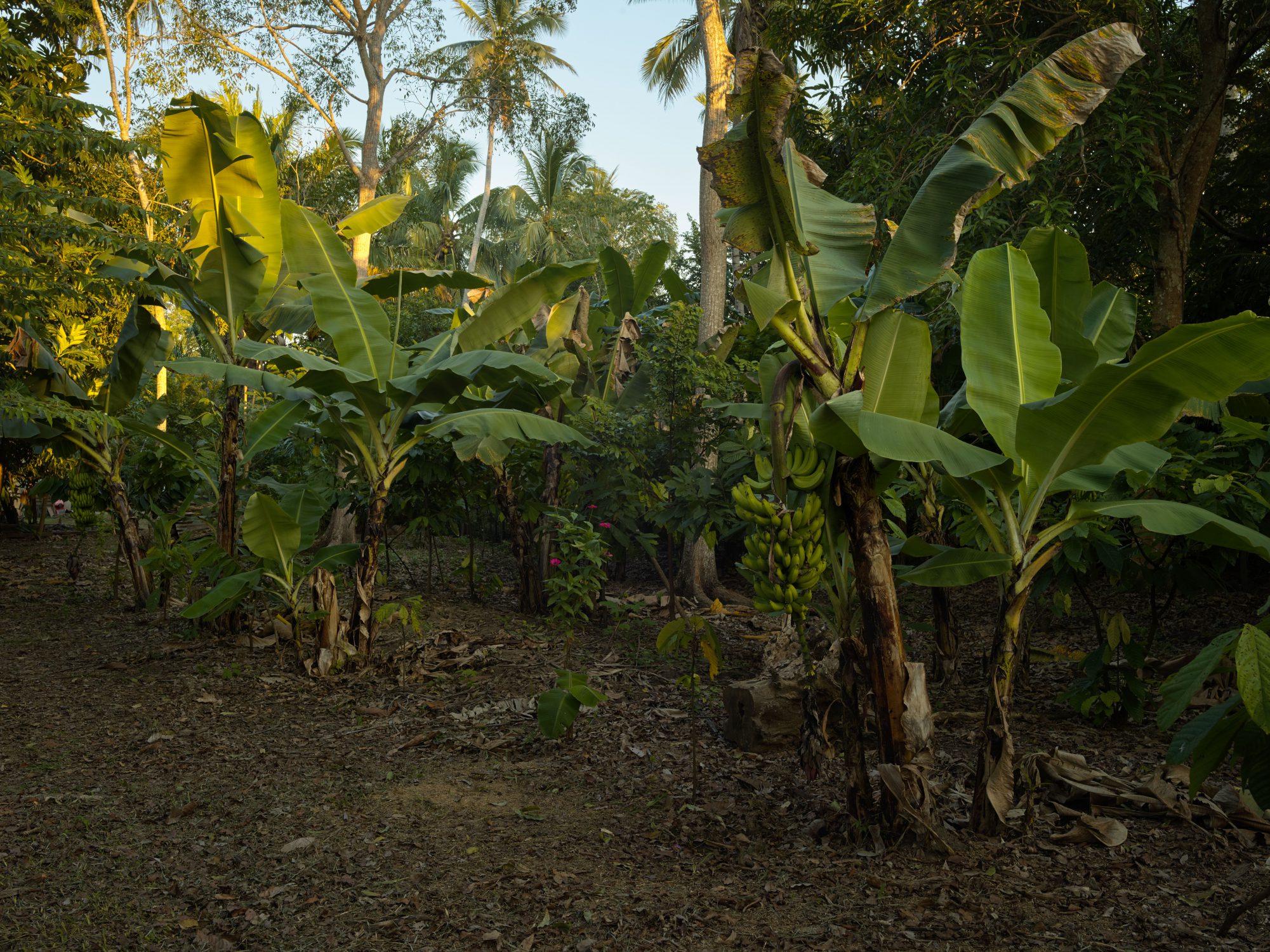
"Our cocoa production takes place in a highly biodiverse agroecosystem that conserves native and endemic flora and fauna."
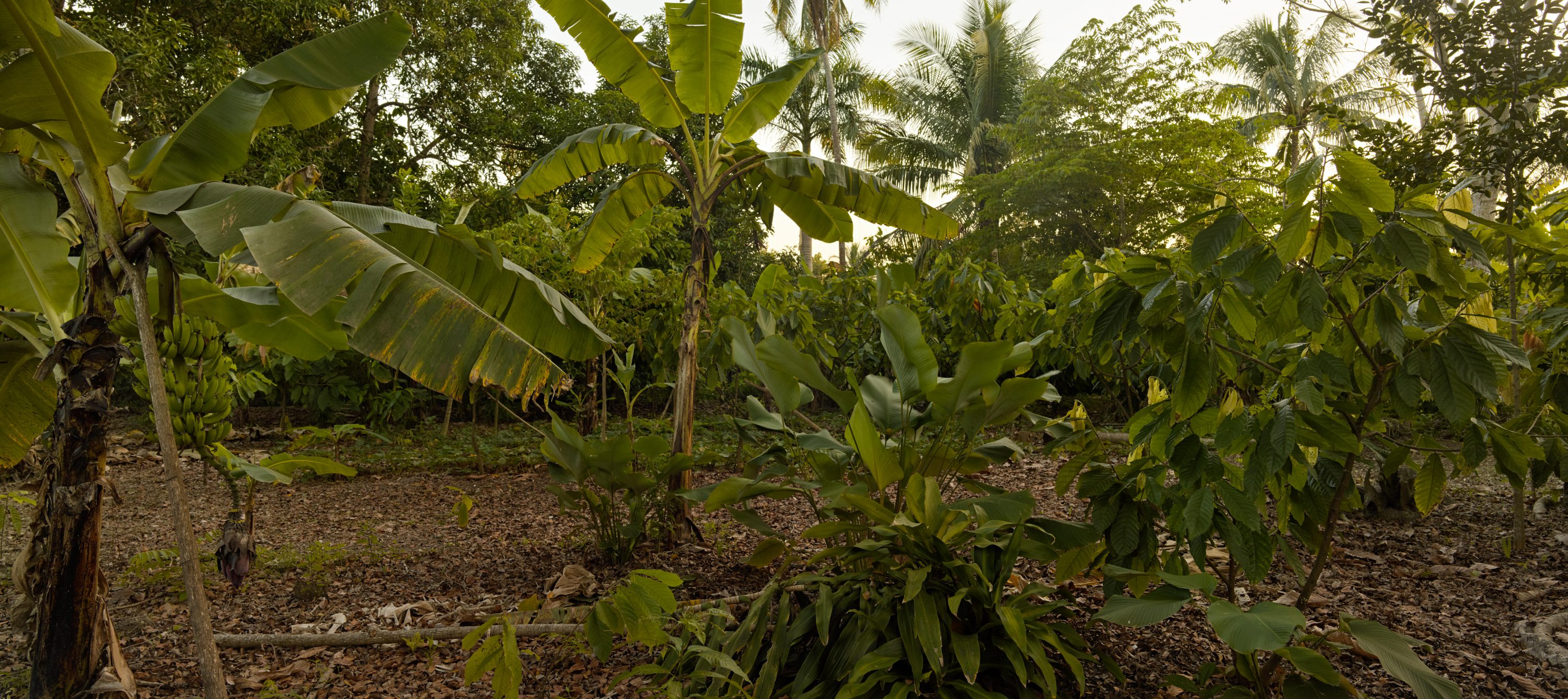
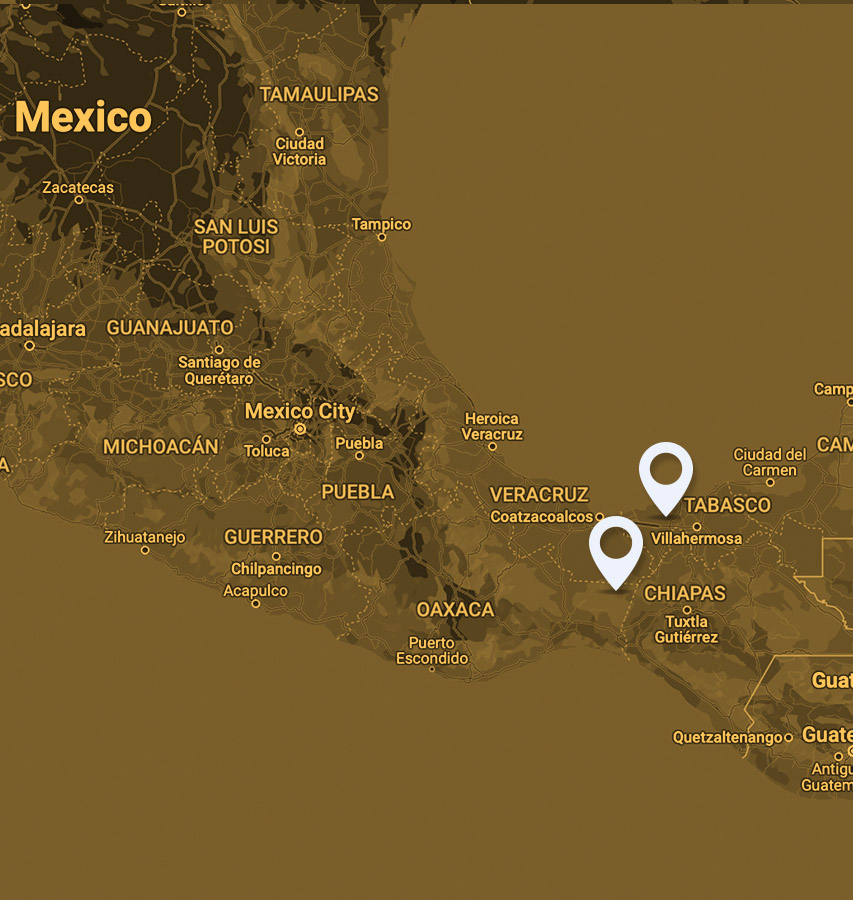
"Prioritizing the soil-plant-human relationship,resulting in benefits from an environmental, social, cultural and economic point of view.”
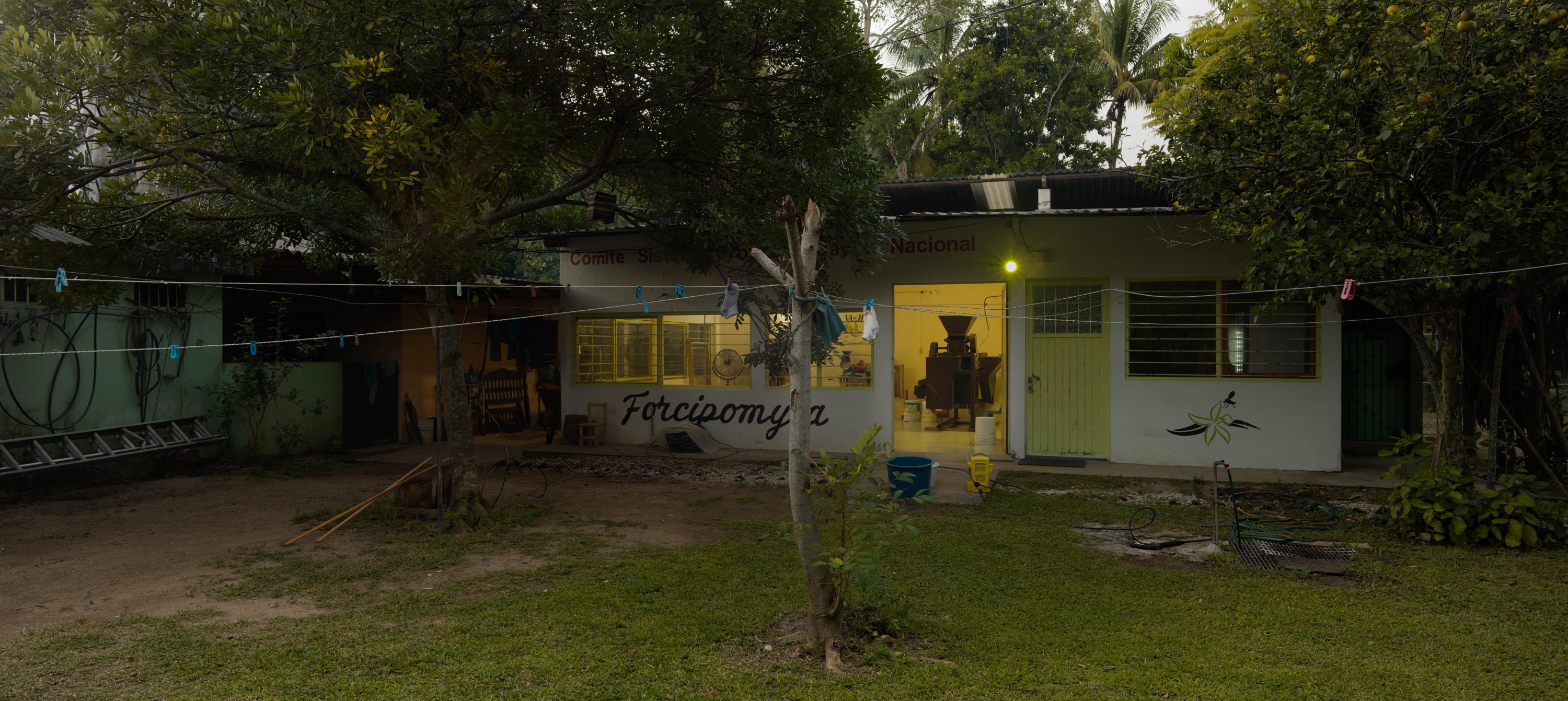
Rescuing local cocoa farming
Agricultura Orgánica Tabasco (AOT) is a means of rescuing local cocoa farming, deploying a new approach that seeks to improve the quality of life of cocoa producers and ensure they have highly productive plantations. It prioritizes the soil-plant-human relationship, resulting in benefits from an environmental, social, cultural and economic point of view, and thereby motivating younger generations to return to the countryside, where they are guided by the Cocoa School.
Cocoa production at AOT is 100% organic. It takes place in a highly biodiverse agroecosystem that conserves native and endemic flora and fauna.
Each stage of cocoa cultivation and processing is rigorous, in order to ensure a quality product, while generating fair trade and resulting in customer satisfaction. By buying cocoa, customers are helping to care for and conserve the environment.
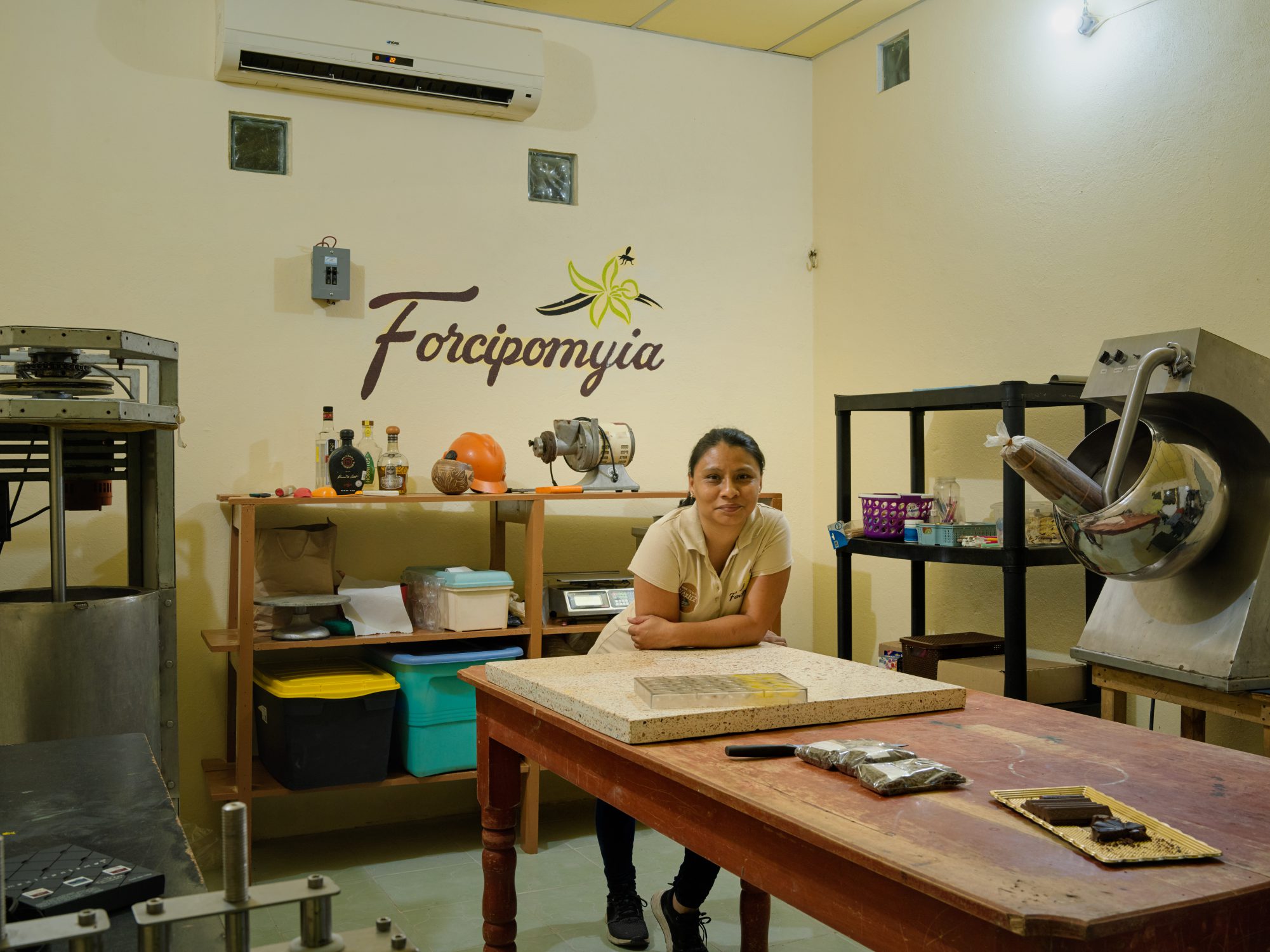
From Tree to Bar
Gerardo and his sister Rosa Isela Valenzuela Hernández currently have a small artisan chocolate shop, where knowledge is exchanged with other cocoa producers who are eager transform their methods and product.
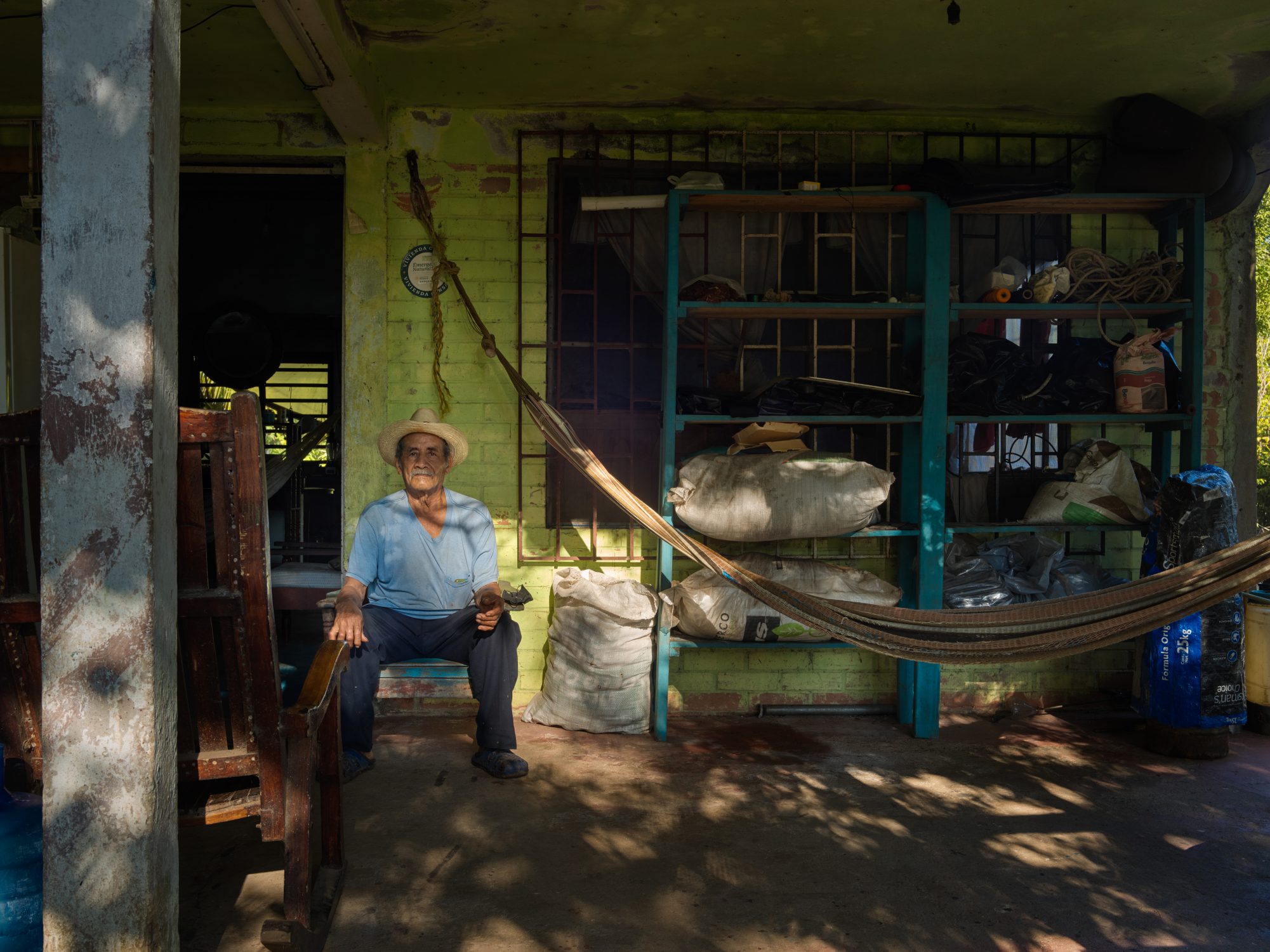
Guardian of the cocoa plantation at the beach
Telesforo Sanchez Palma
Paraiso Mexico
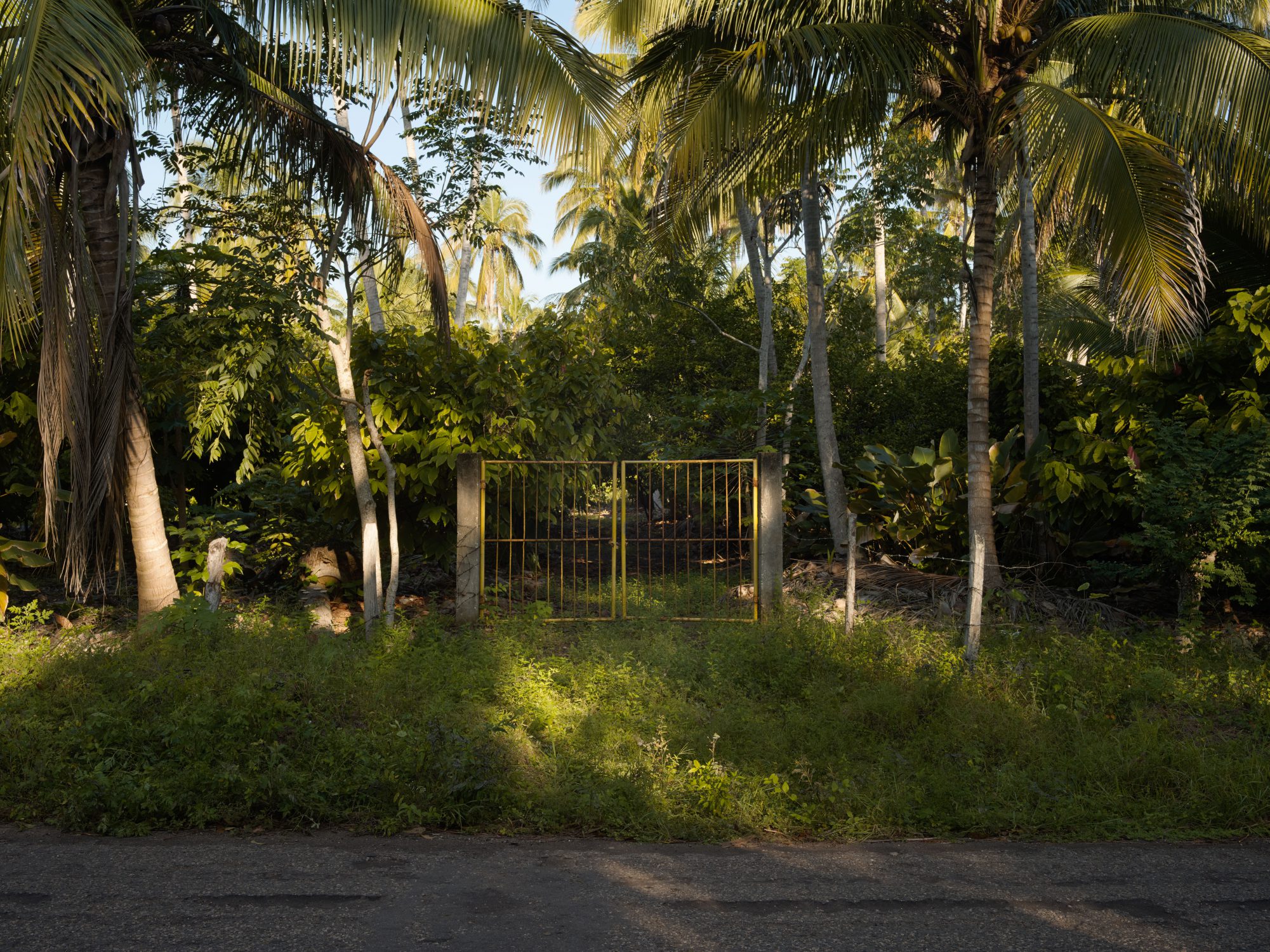
Chocolate on the beach
The gate is the entrance to the cocoa plantation of Néstor Daniel Córdova López. It bears no resemblance to what we think of as a plantation.
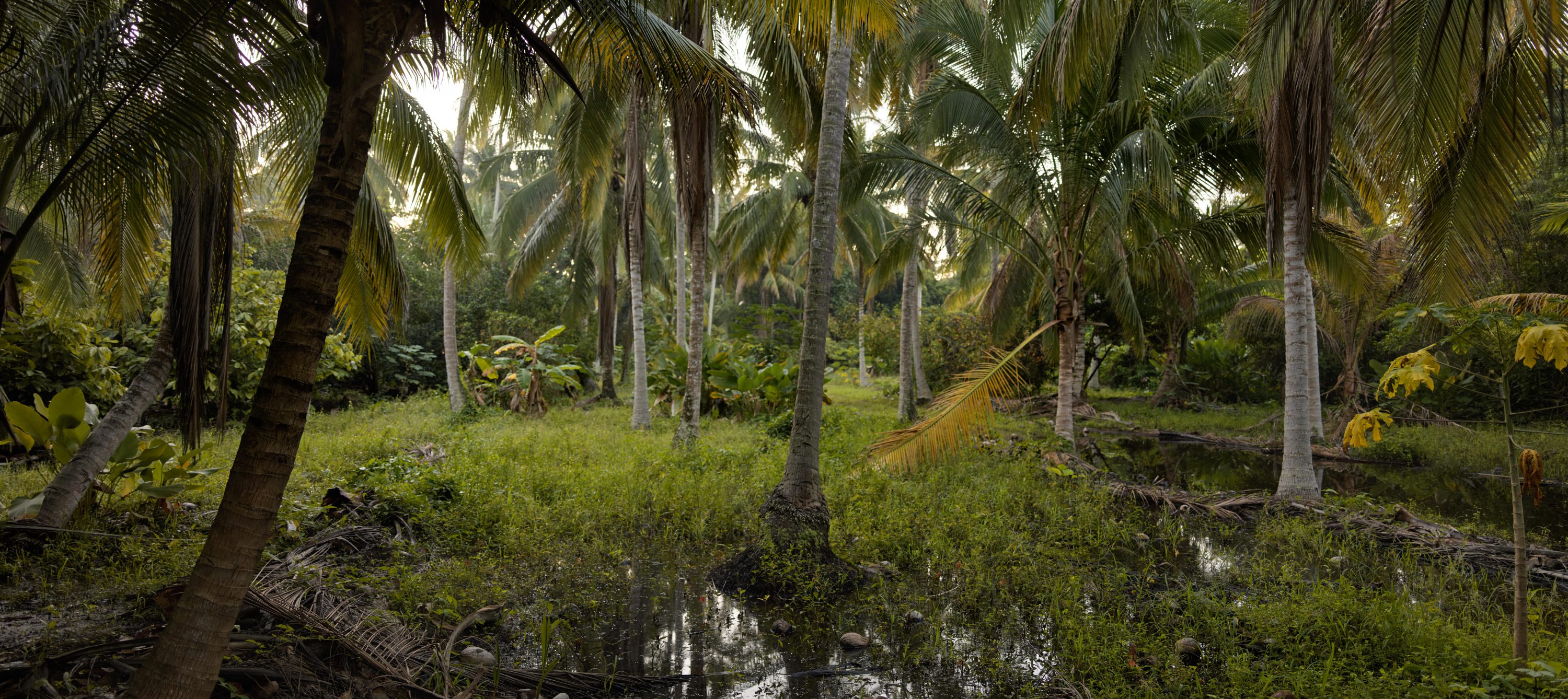
"Cocoa cultivation provides an important service as an environment for birds and as a way of reducing erosion, fixing carbon, retaining water and preserving biodiversity and the landscape."
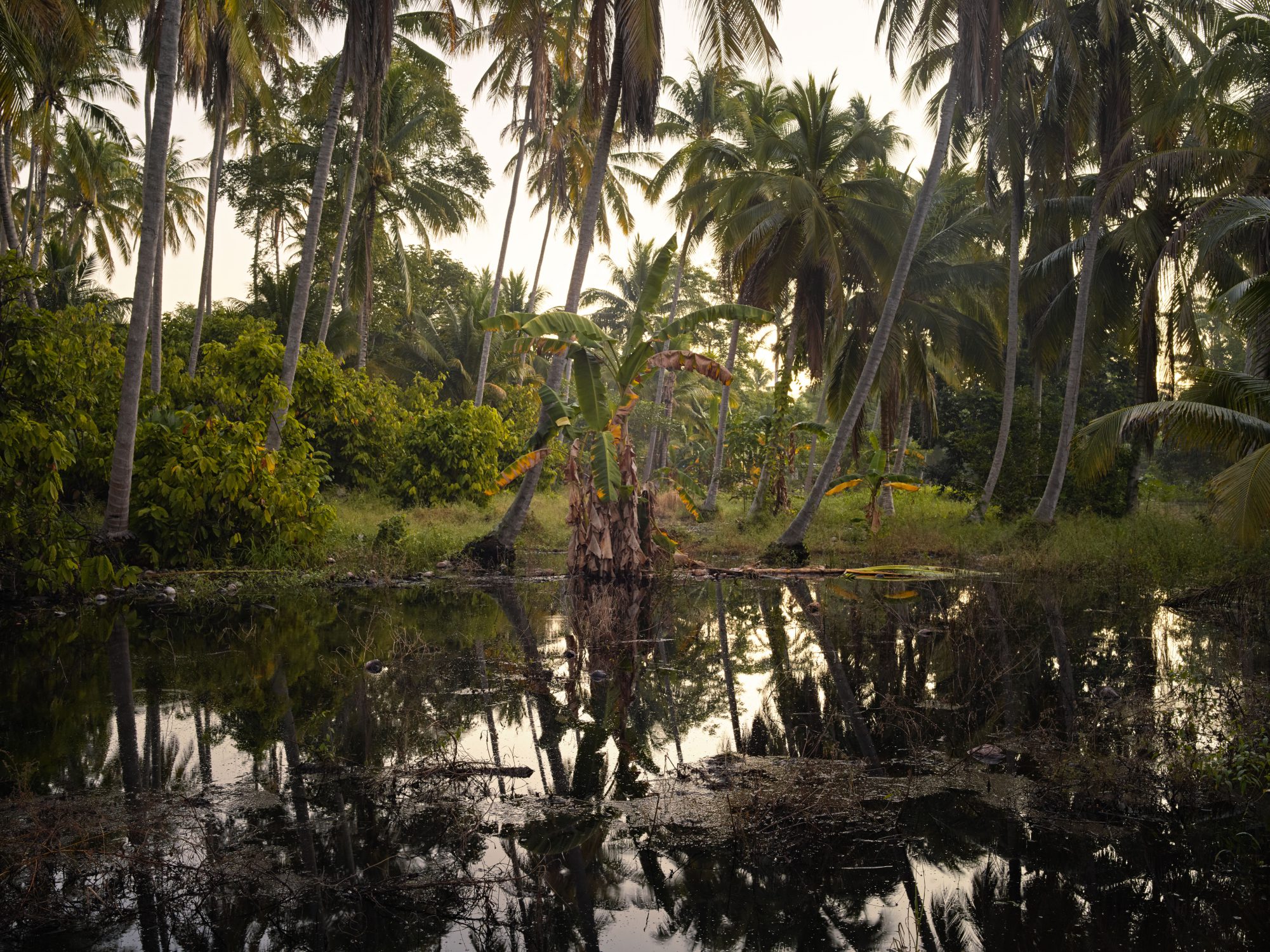
"It looks like a stretch of impenetrable jungle. But this is how cocoa is produced in Mexico, in the shade of trees that maintain the local biodiversity."

These plantations function as an excellent habitat for various fauna, some of which are there only temporarily as part of their migration patterns.
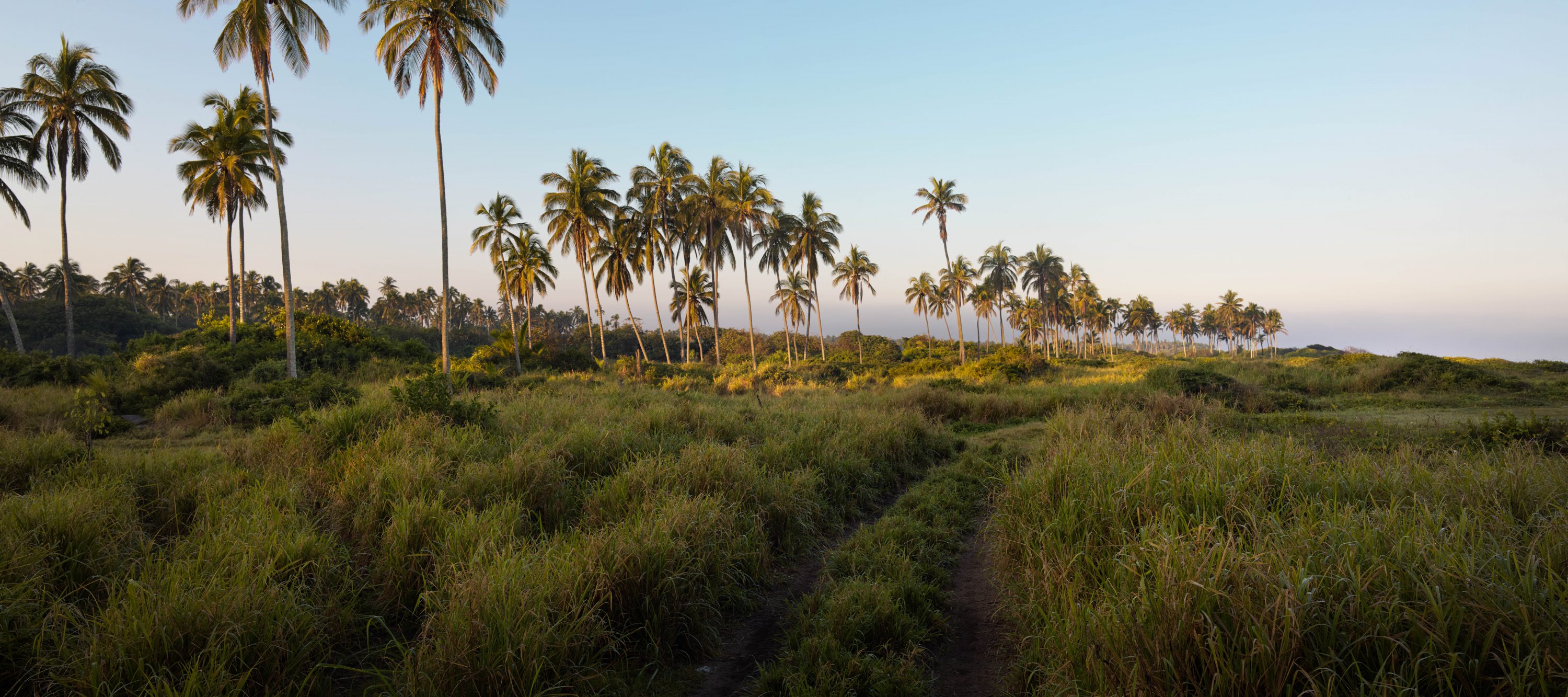
"Unfortunately this plantation is in danger of being swallowed by the sea due to climate change."
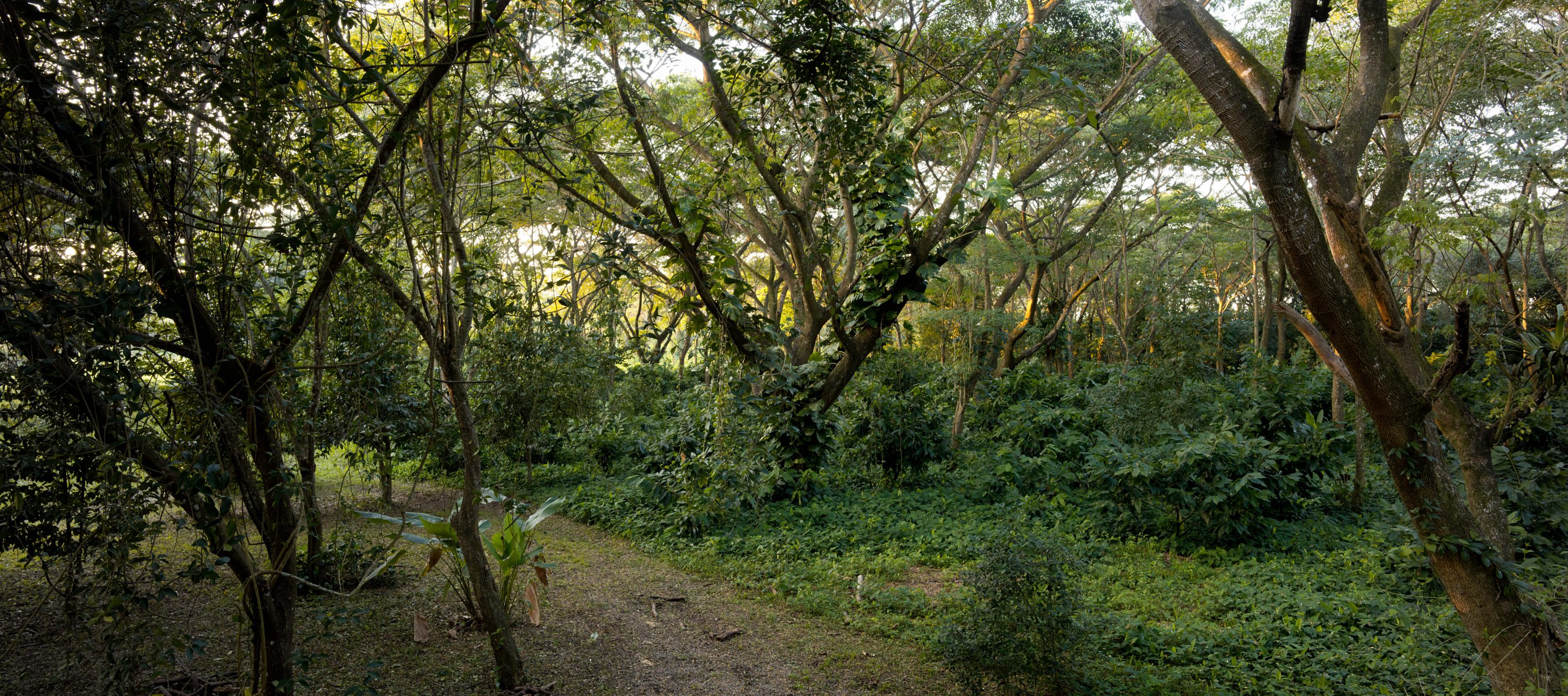
Finca Cholula y xocoatlan, a cocoa plantation on top of a Maya temple
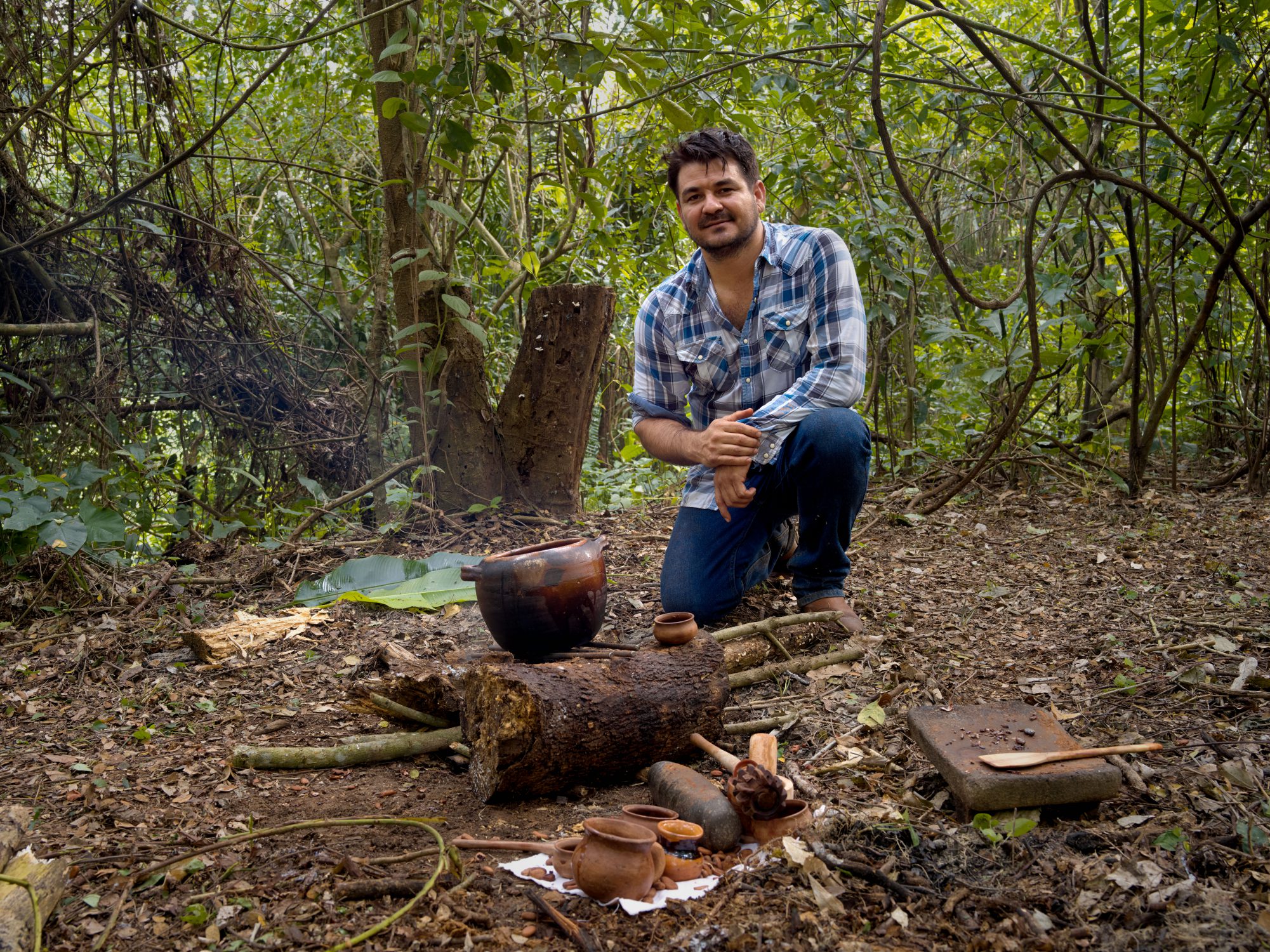
"Cocoa is Mexico’s most important cultural heritage."
Manolo Valenzuela
Cocoa Producer
XOCOATL
The Olmecs (1500-400 BCE) were the first to taste cocoa as a drink, grinding the beans, mixing them with water and adding pepper and spices. From about 600 BCE the Mayans used cocoa beans to make a drink. For these civilizations, cocoa was a symbol of prosperity that was used in religious rituals devoted to the Aztec god Quetzalcoatl.
Specially for us, Manolo demonstrates how this drink of the gods, called xocoatl, was prepared.
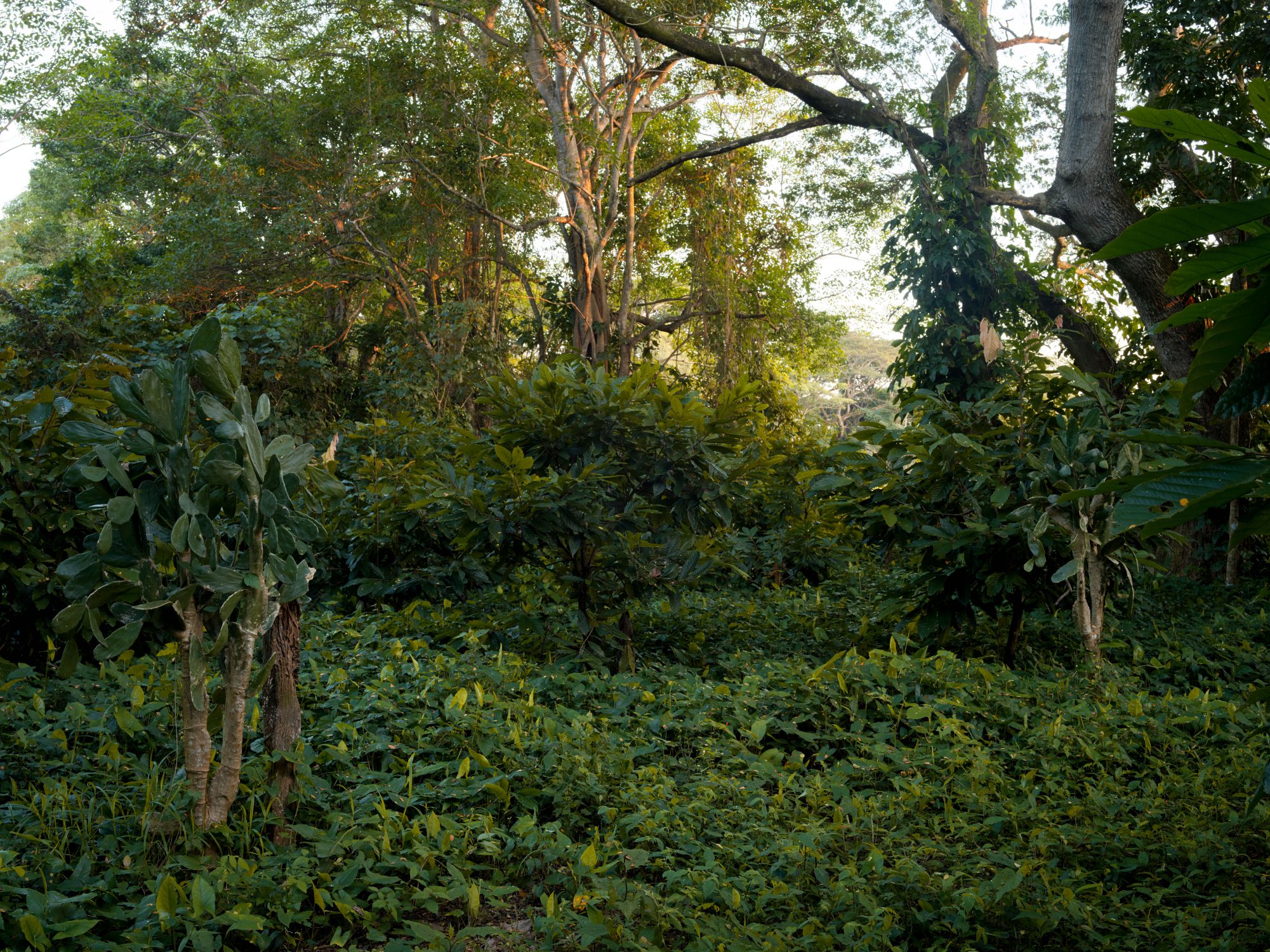
"Keeping the history of cocoa alive."
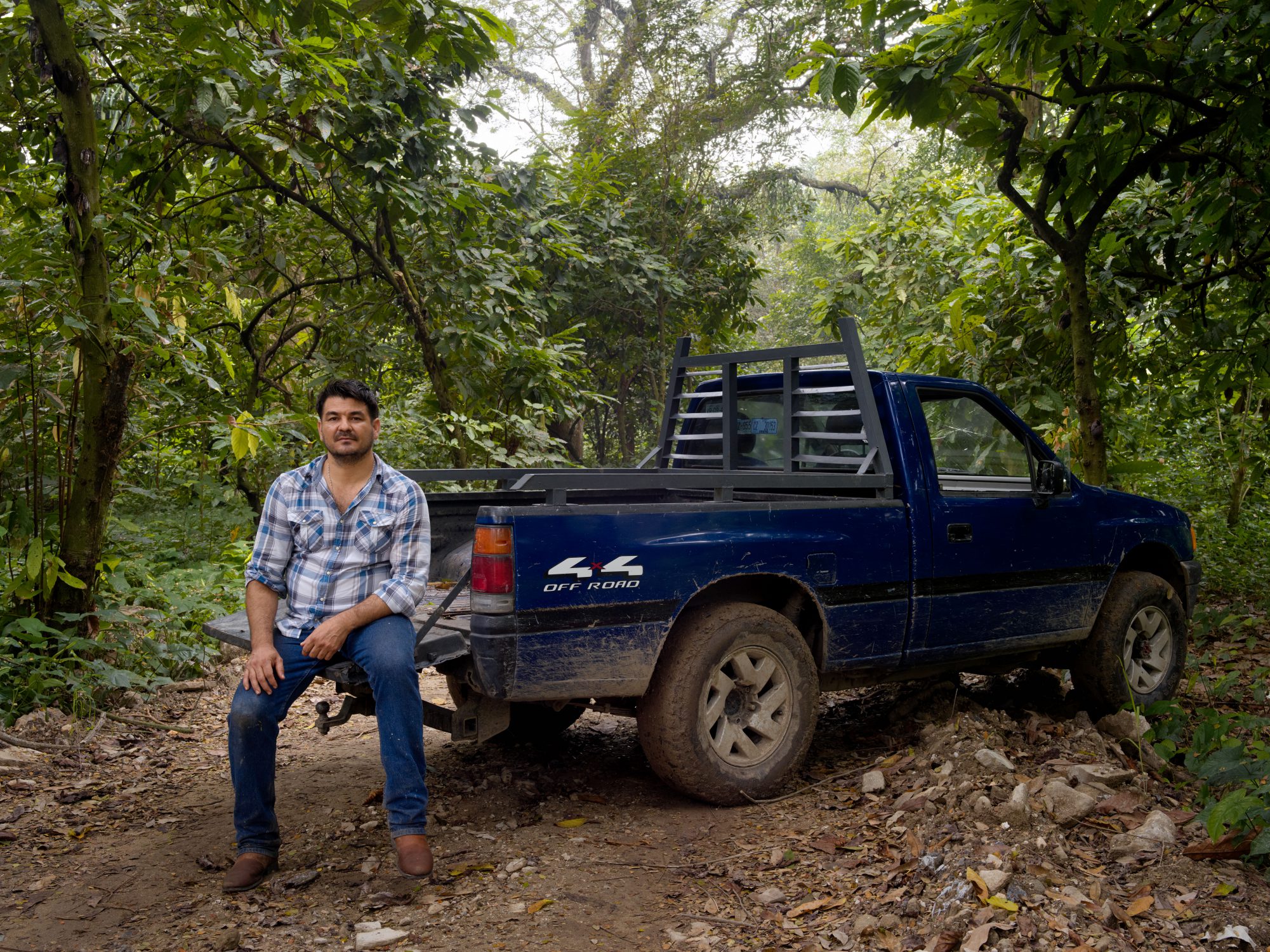
Manolo grew up on his parents’ plantation. As a small boy he preferred to be out in the jungle of the plantation with his friends, searching for treasure from the time of the Mayas, rather than sitting at a school desk.
After graduating from university as an electronic engineer, he could hardly wait to get back to the plantation that he now runs with his wife Lilian.
Manolo is really still that little boy as he shows us around the plantation, rooting about in the soil with his hands in search of fragments of Mayan pottery.
Manolo has a mission. As well as wanting to keep the plantation going and produce the best cocoa imaginable, he regards cocoa as Mexico’s most important cultural heritage. He dreams of creating an experience centre on his land, where he can keep the history of cocoa alive.
"We place great value on having a cocoa growing system that's based on the forest, knowing that cocoa comes from the forest."
Manolo Valenzuela
Cocoa Producer
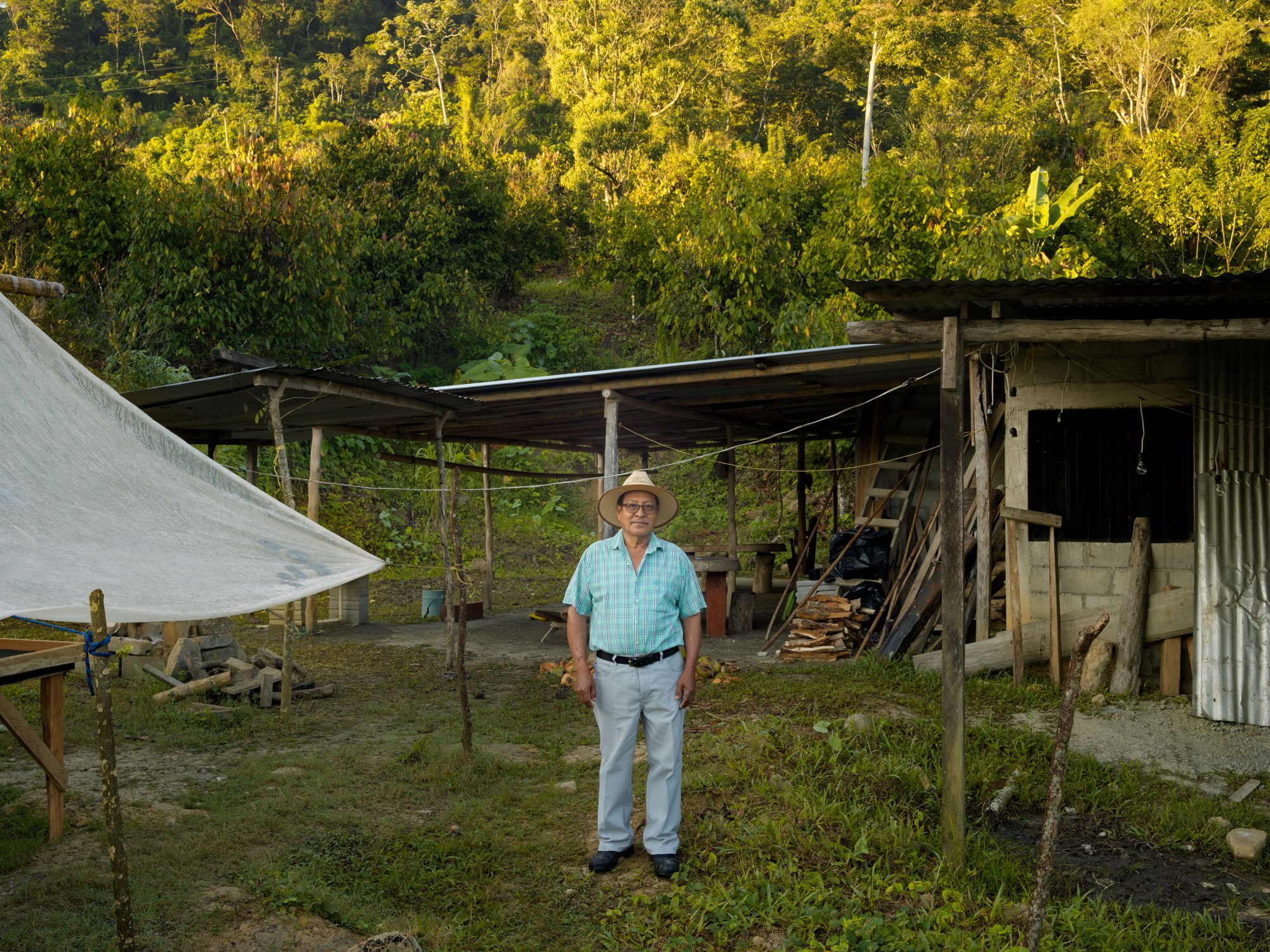
Magarito, decided at the age of 49 to change course and become a cocoa farmer. When the El Carmen hacienda became available, he fell in love with it and its natural environment.
Now he grows Blanco Jaguar organically, a cocoa variety of exceptional quality that the experts believe makes the best chocolate for xocoatl, the drink of the gods.
"Blanco Jaguar cocoa of exceptional quality."
Margarito Mendoza Sánchez
Cocoa Producer
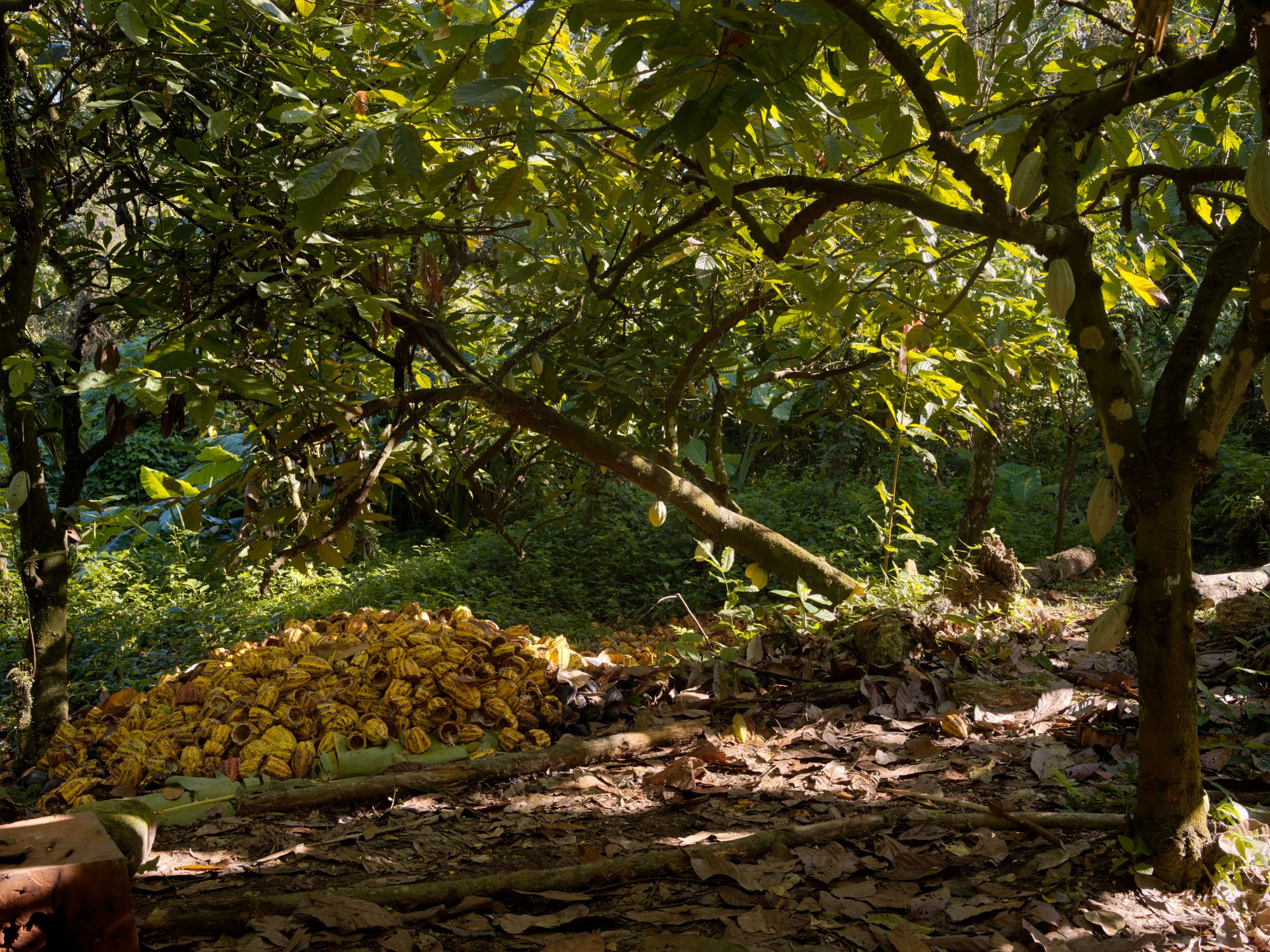
"Every cocoa fruit is like a gift from Mother Nature."
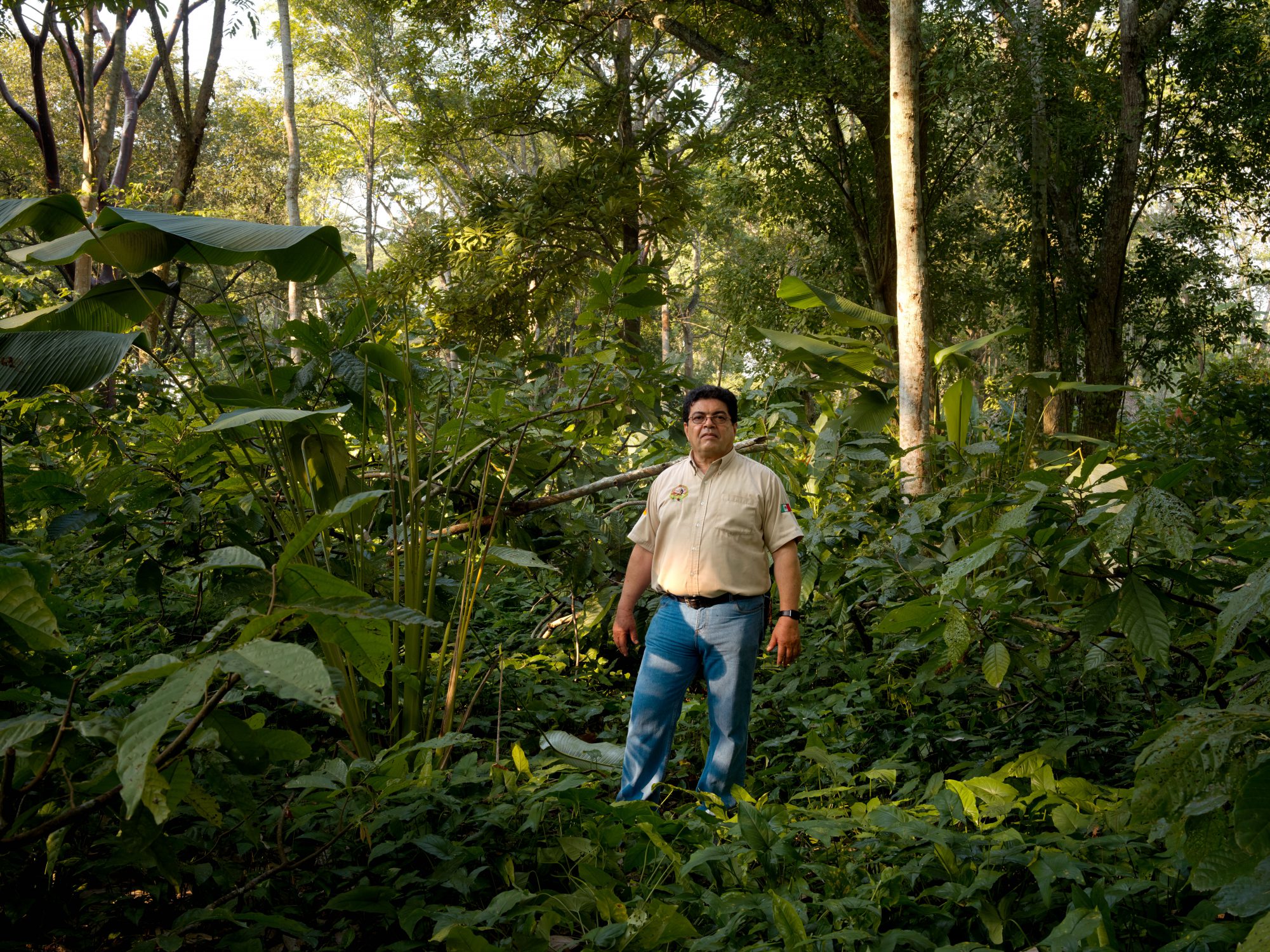
"Next time you let a chocolate melt on your tongue, remember that we have an mosquito and a squirrel to thank for chocolate."
Vicente Alberto Gutiérrez Cacep
Cocoa Producer
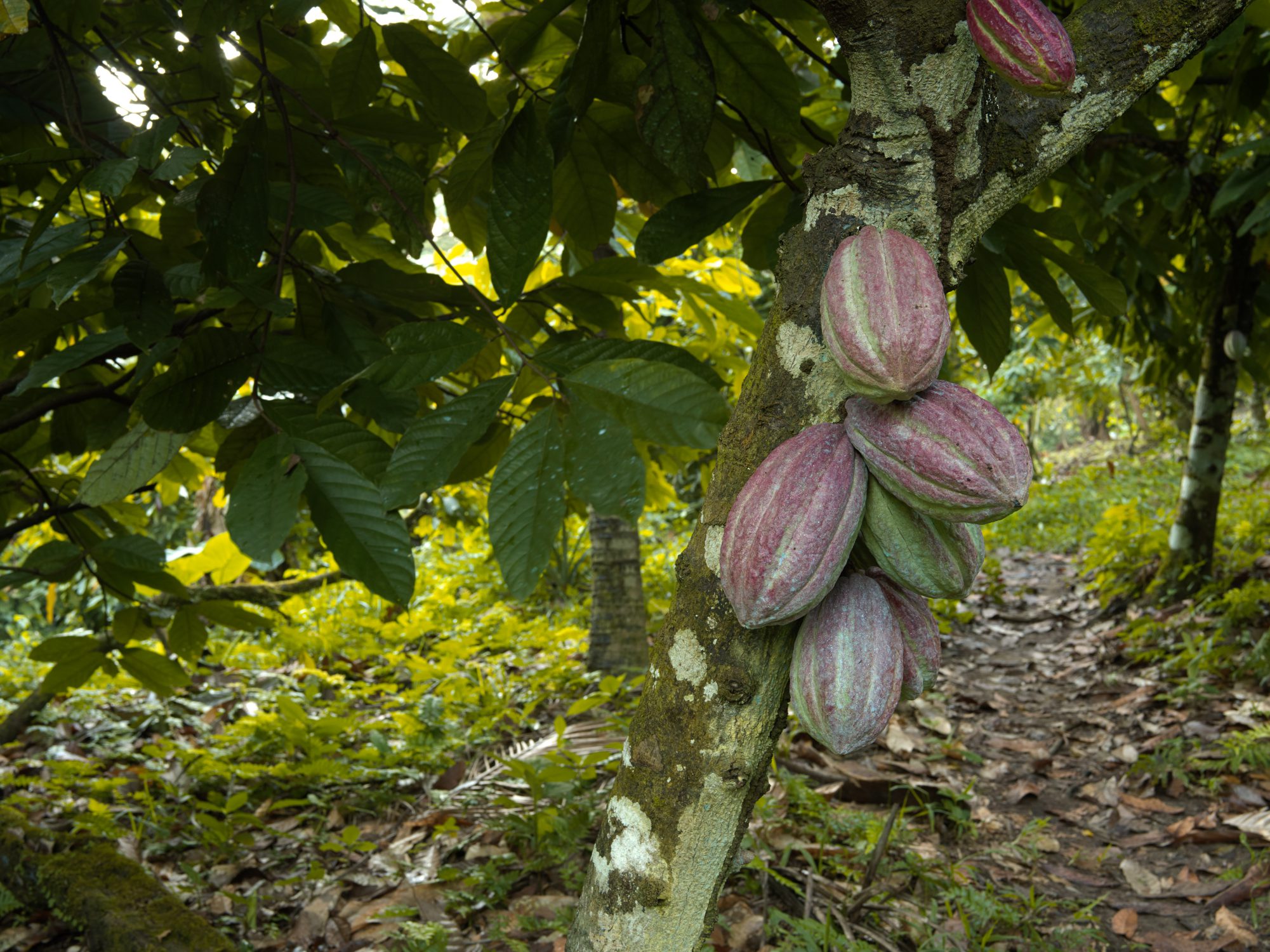
The cocoa tree cannot reproduce by itself because the fruit does not fall of its own accord and the seeds (the cocoa beans) are enclosed within the pods and firmly embedded in a slimy pulp, the flesh of the fruit. The flesh is very sweet and tasty, so in its countries of origin the beans with their pulp are often sucked by children like sweets.
Squirrels love the sweet fruits too, so they gnaw a hole in them and suck out the sweet flesh. They spit out the cocoa beans, knowing them to be deadly.
The Mayans were the first to observe this astonishing performance and from it they learnt how to use the cocoa beans as valuable seeds for the planting of new cocoa trees.
The Squirrel and the Mosquito
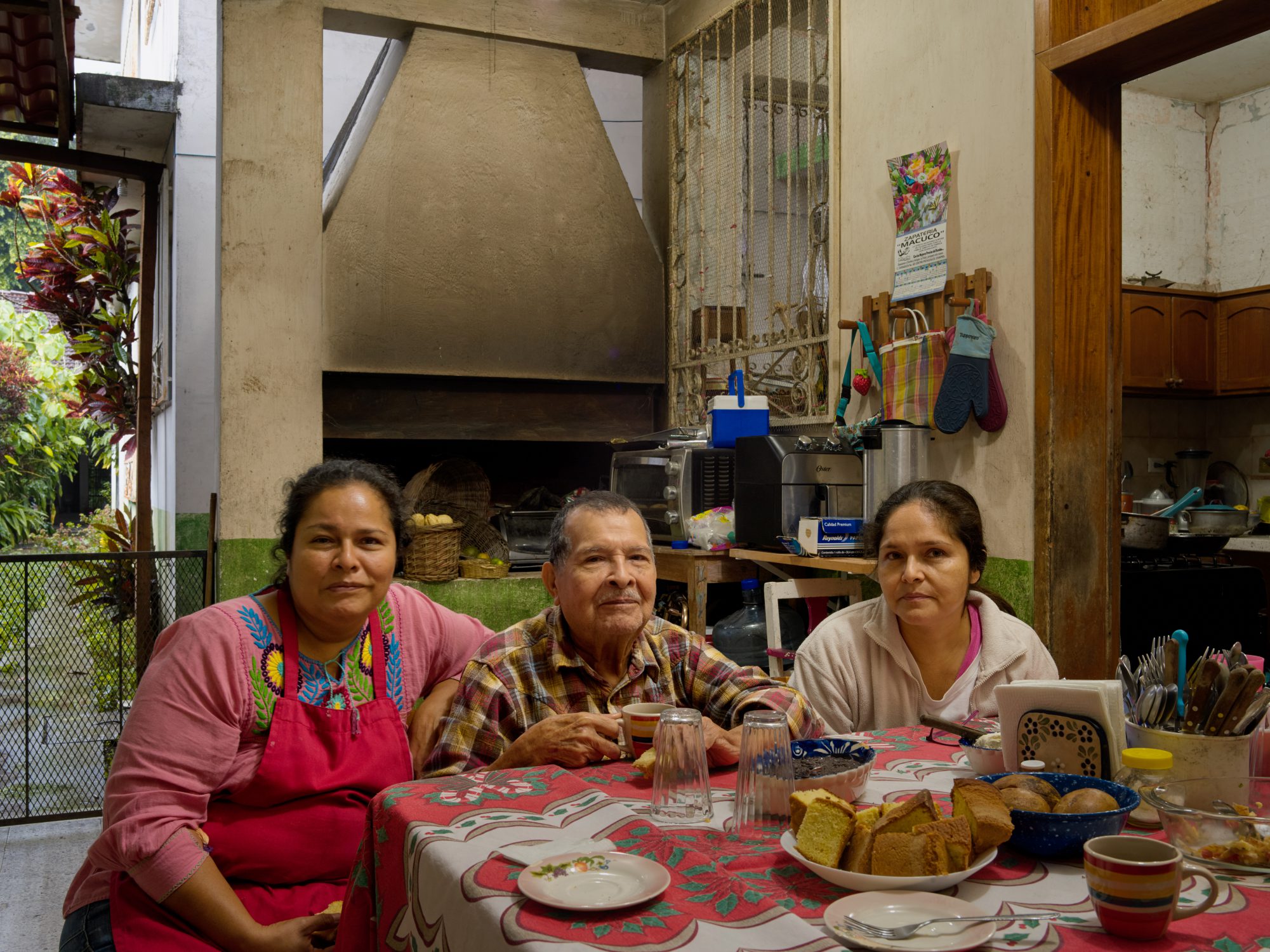
Don Tito, Nestor of Mexican cocoa
Don Tito, aged 87, is the Nestor of Mexican cocoa cultivation. All the cocoa growers we visited praised him for his farming wisdom. He has developed a theory about how cocoa takes up the flavours of its environment. Many cocoa producers in Mexico owe their knowledge and expertise to this man, who has dedicated his life to his cocoa plantation, El Mirador, which is now run by his daughters.
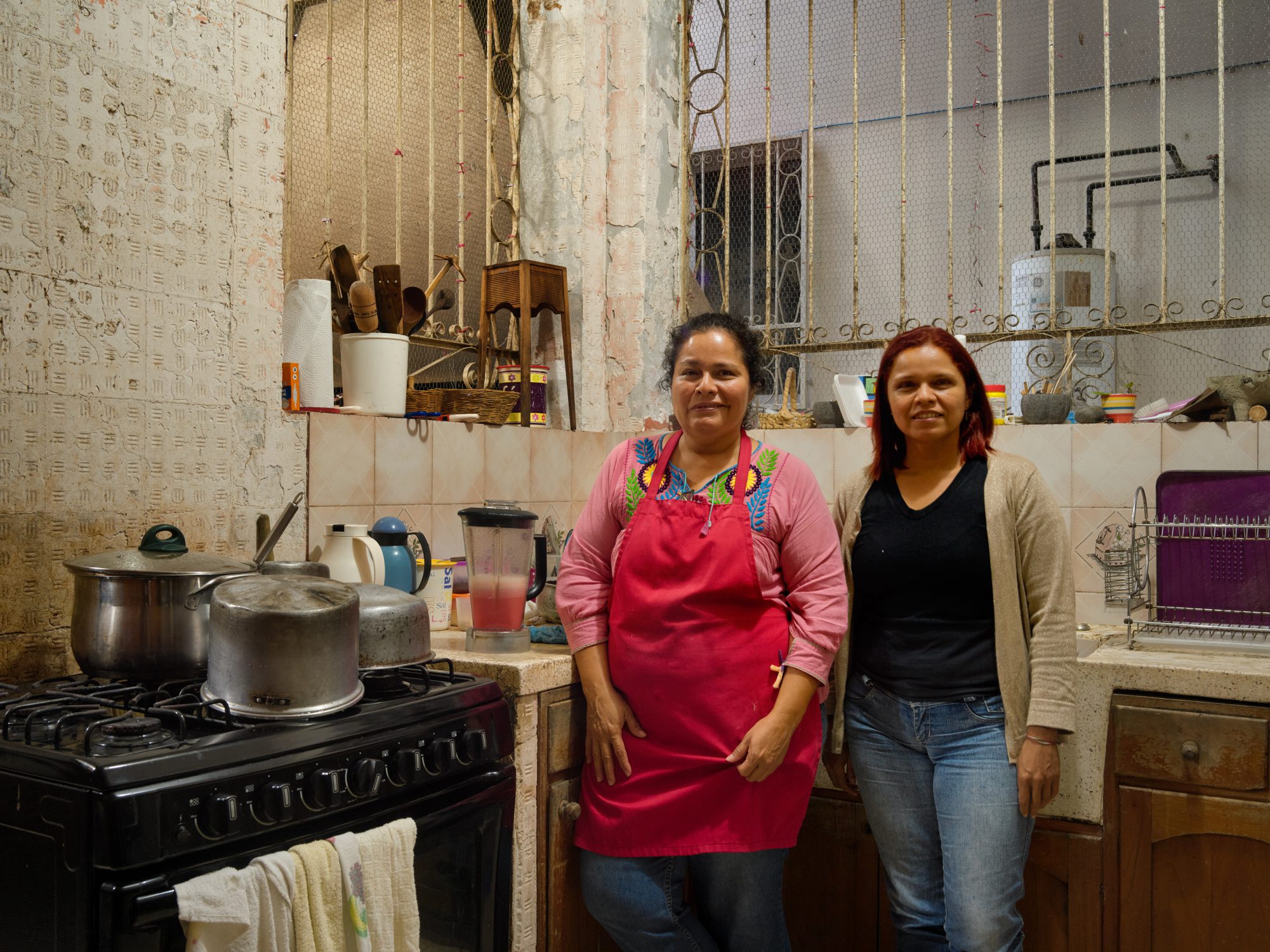
A women's affair
Don Tito and his wife have been blessed with four daughters, Monica, Nuria, Delhi and Maria Emilia. The couple worked hard all their lives to enable their children to go to university.
All four left the parental home to study. They married and had daughters of their own. They all returned home to El Mirador where they grew up. Now eight women and one man live in the house, where they all contribute to the future of El Mirador.
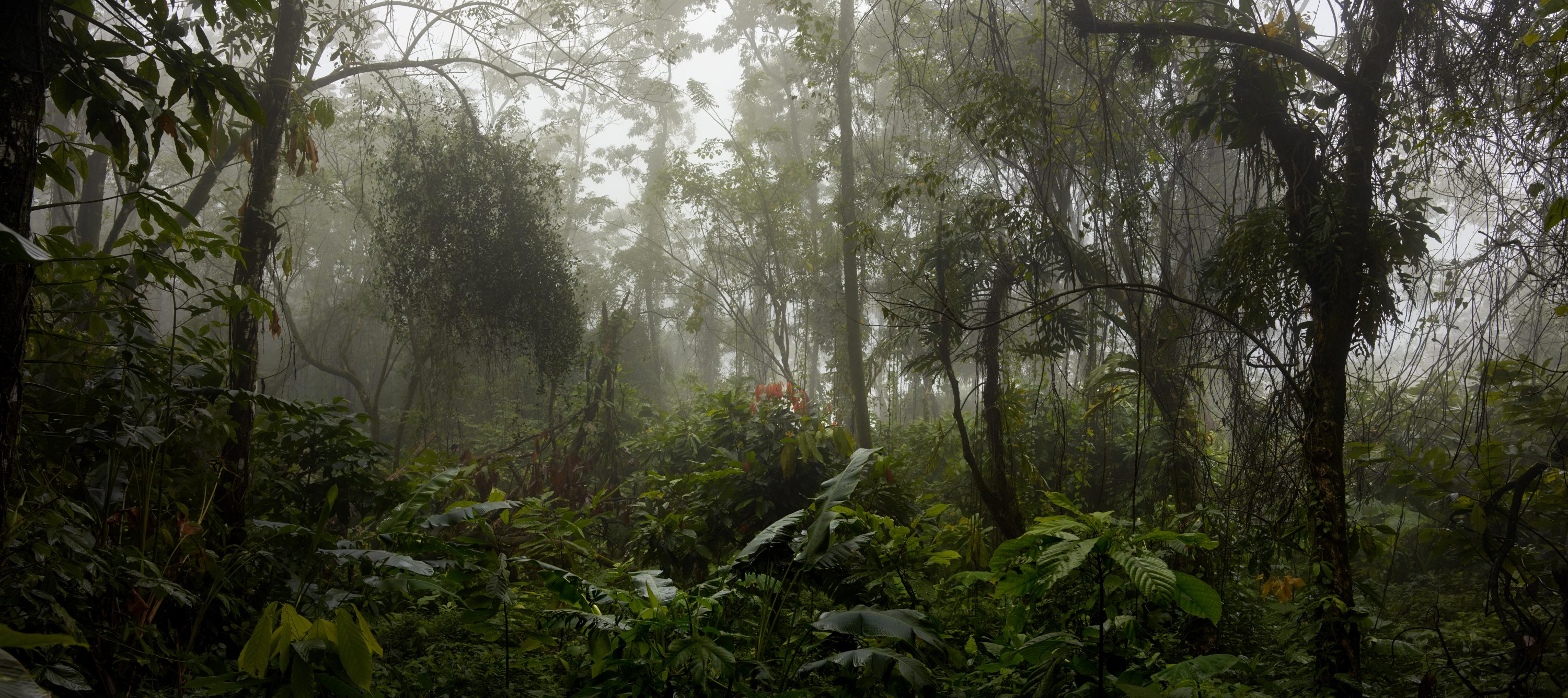
"El Mirador, a paradise, where the ancient and traditional flavours of Creole cocoa are kept alive."
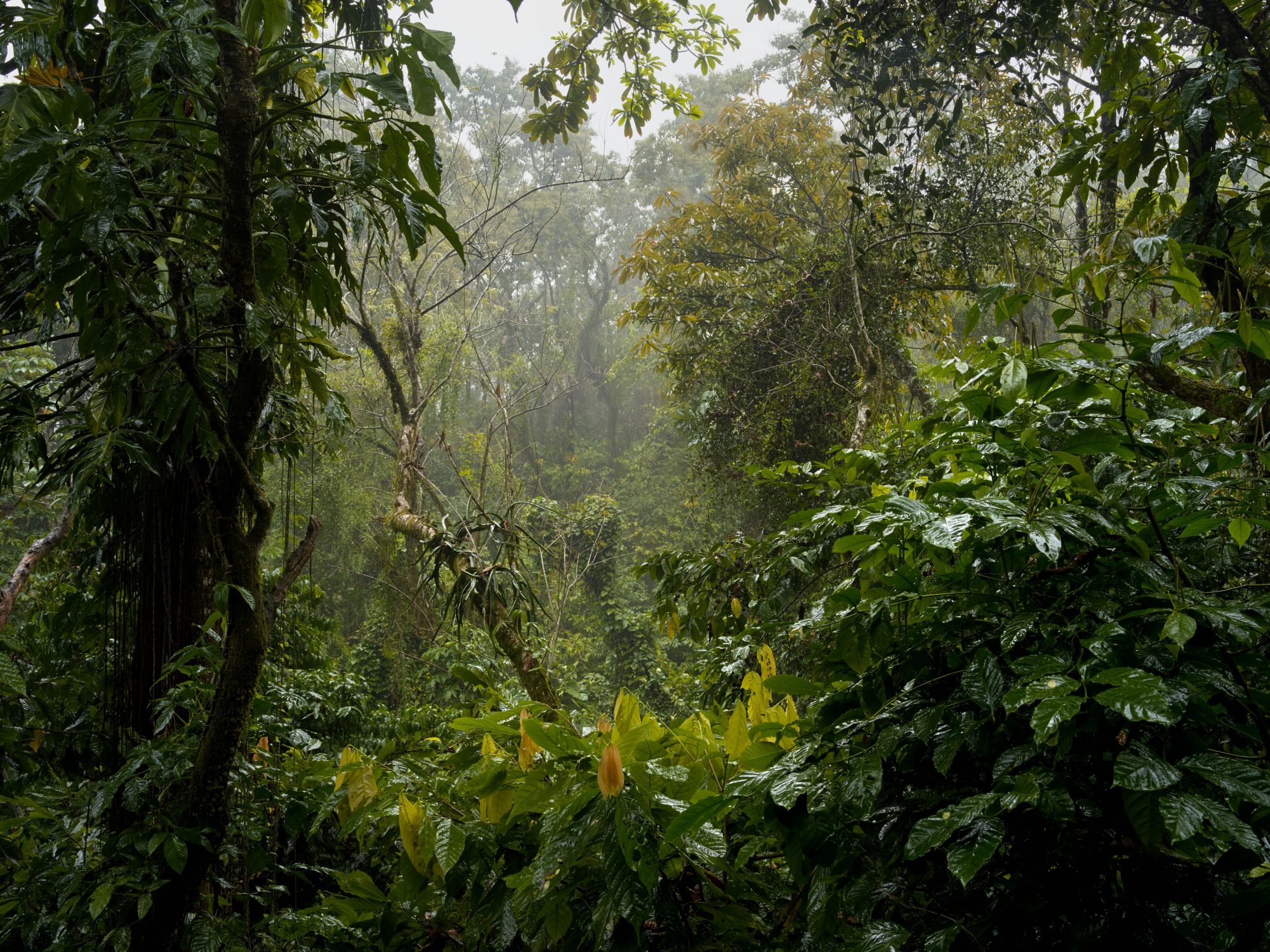
"Cultivation of the creole cocoa varieties like Nativo Marfil, Uranga Native, Amazonico and Forastito take place according to an ancient method that follows the phases of the moon. "
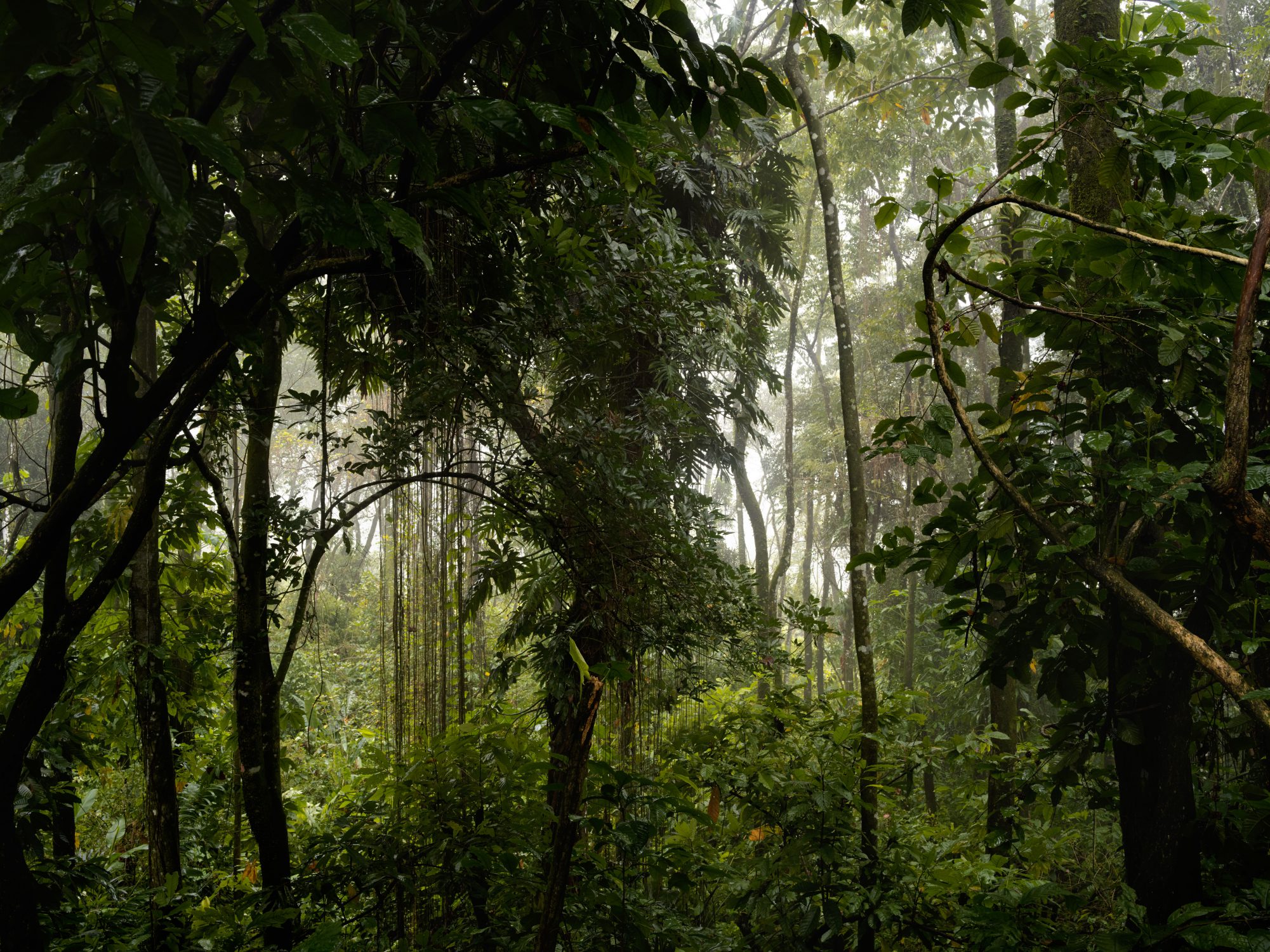
The methods of cultivation are traditional and organic, with great respect for the ecosystems of the plantation. As a result, an all-embracing production system has been consolidated that now includes the preservation and protection of valuable timber trees and the cultivation of fruits and spices including black pepper and vanilla.
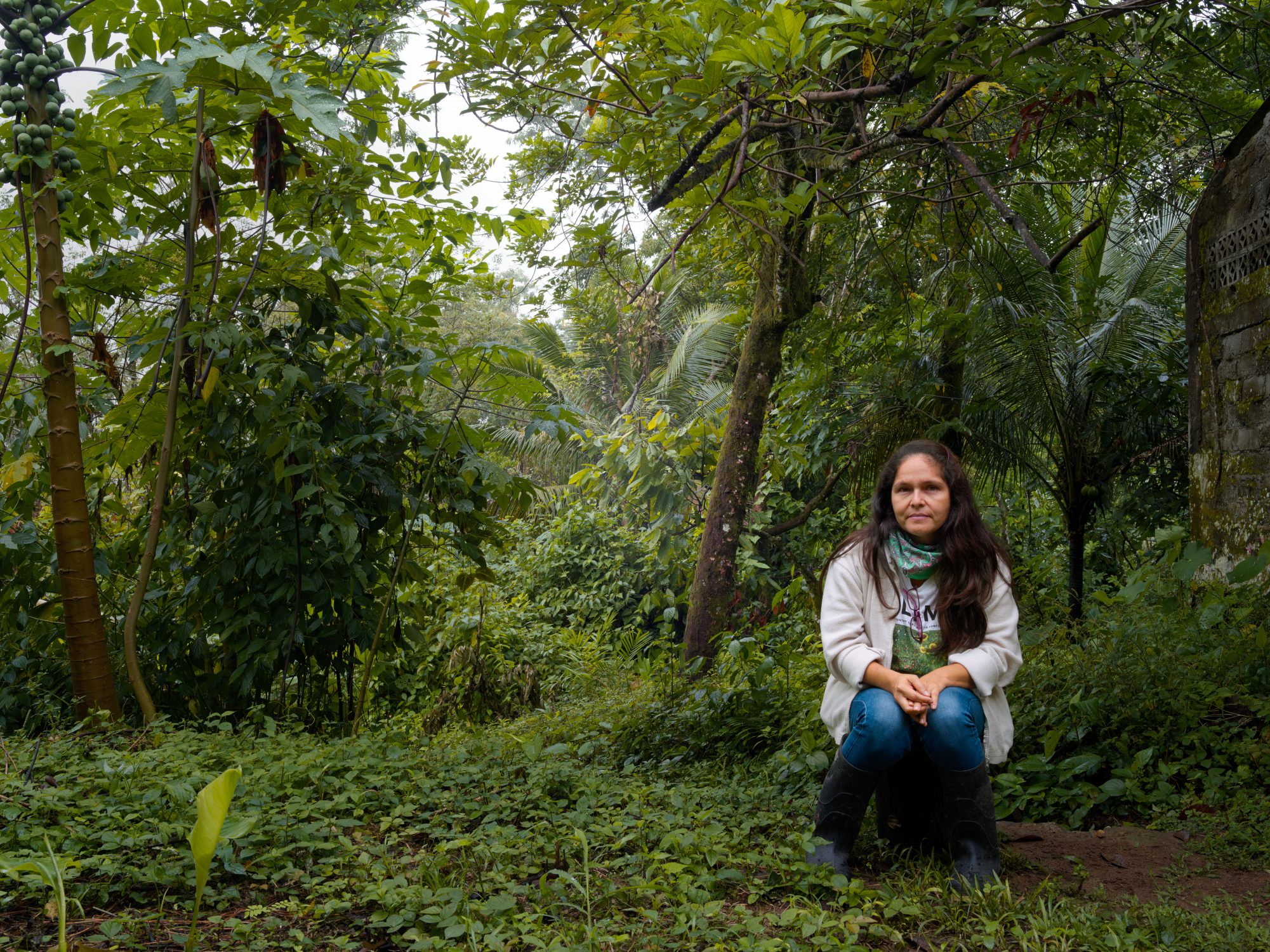
Monica, who is now responsible for the future of El Mirador, makes every possible effort to perpetuate the cultivation of Creole cocoa, adhering to the mystique, methods and techniques long preserved by their ancestors.
"Fermenting, 'A 1000 Harvest' Art."
Mónica Jiménez García
Cocoa Producer
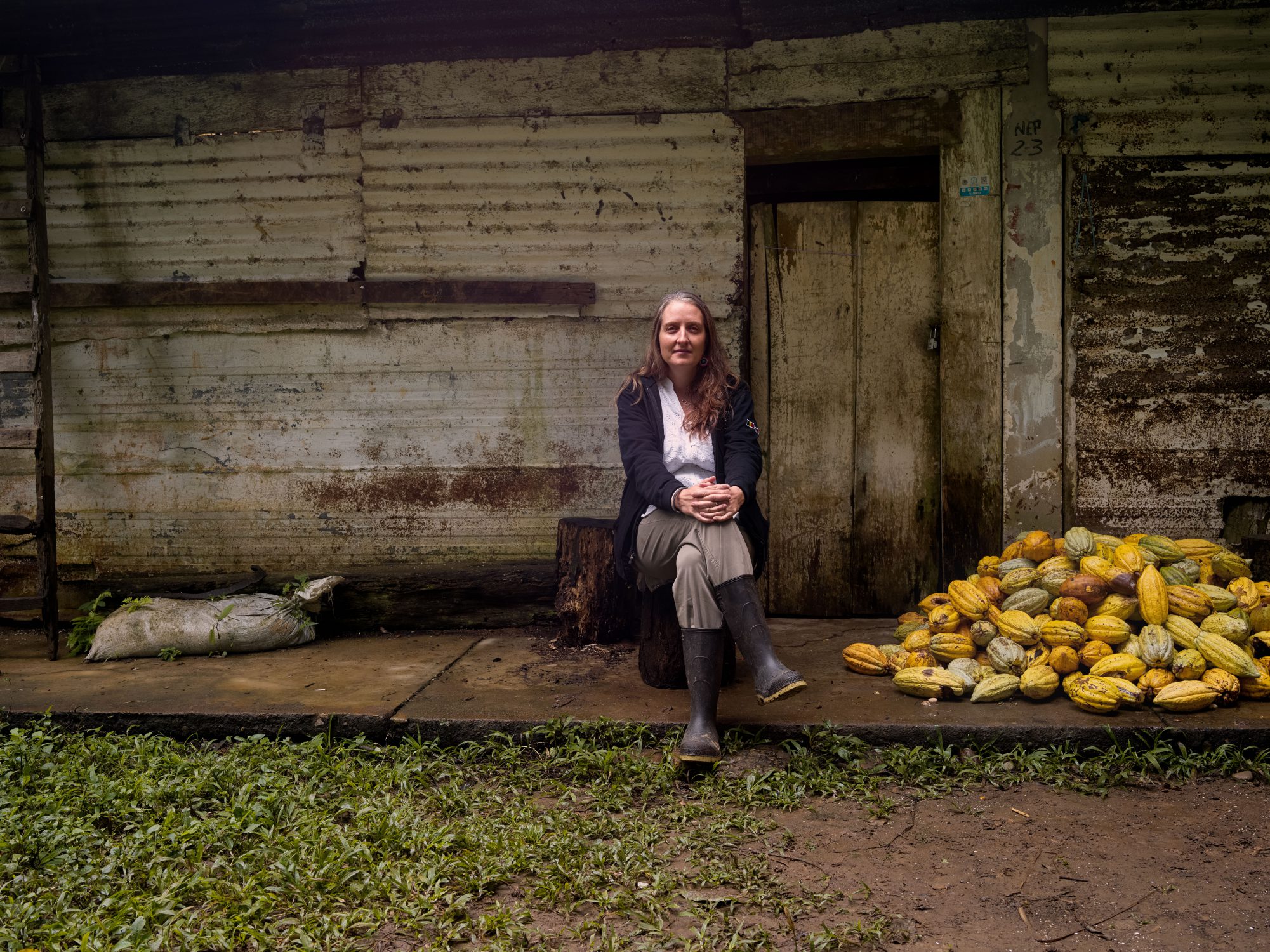
A Cocoa Journey
With Sophie Vanderbecken, chocolatier and chocolate taster, writer, expert, but above all guardian of Mexican cocoa culture, we travelled to the states of Tabasco and Chiapas, where we visited five exceptional cocoa plantations. There we learnt about cocoa, fermentation, and the tiny midge that is responsible for the pollination of this extraordinary fruit.
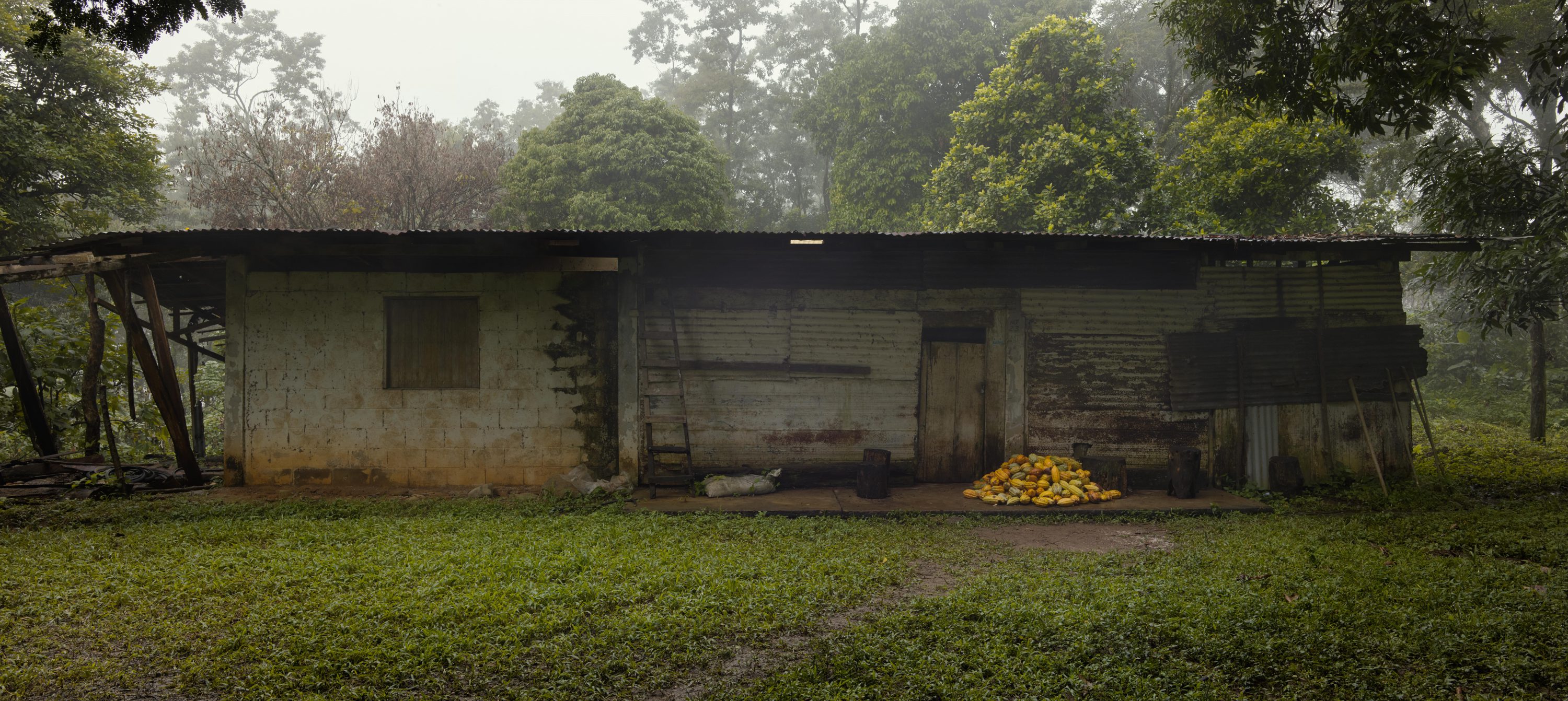
"Cocoa doesn't have a price it has a value."
Fine or flavour and bulk or ordinary cocoa
The global cocoa market distinguishes between two broad categories of cocoa beans, ‘fine or flavour’ and ‘bulk or ordinary’.
Generally speaking, fine cocoa beans with the best flavour are produced from Criollo or Trinitario varieties of the cocoa tree, while bulk or ordinary cocoa beans come from Forastero trees.
Source: The International Cocoa Organization (ICCO)
We have selected another two stories that might inspire you.
